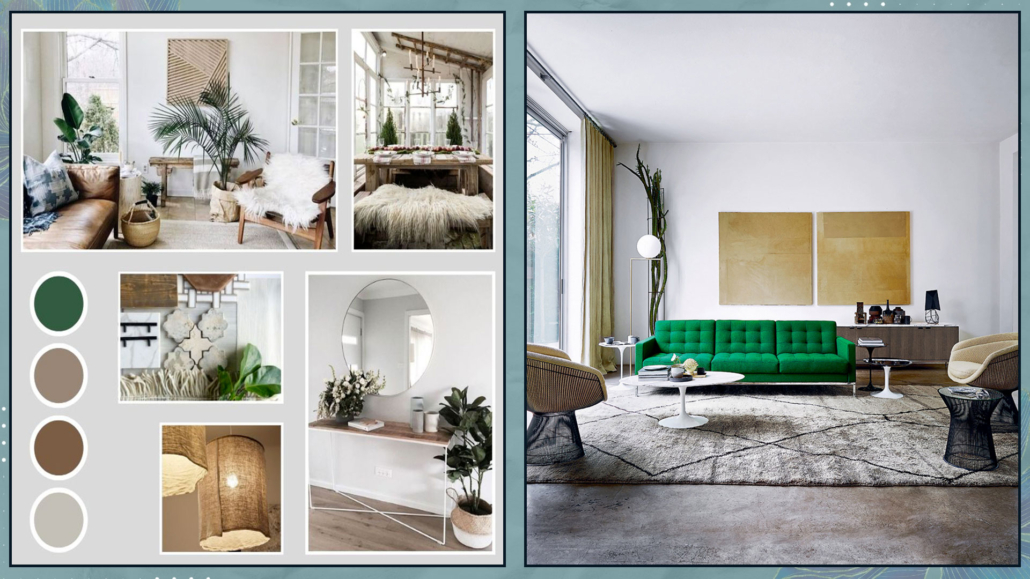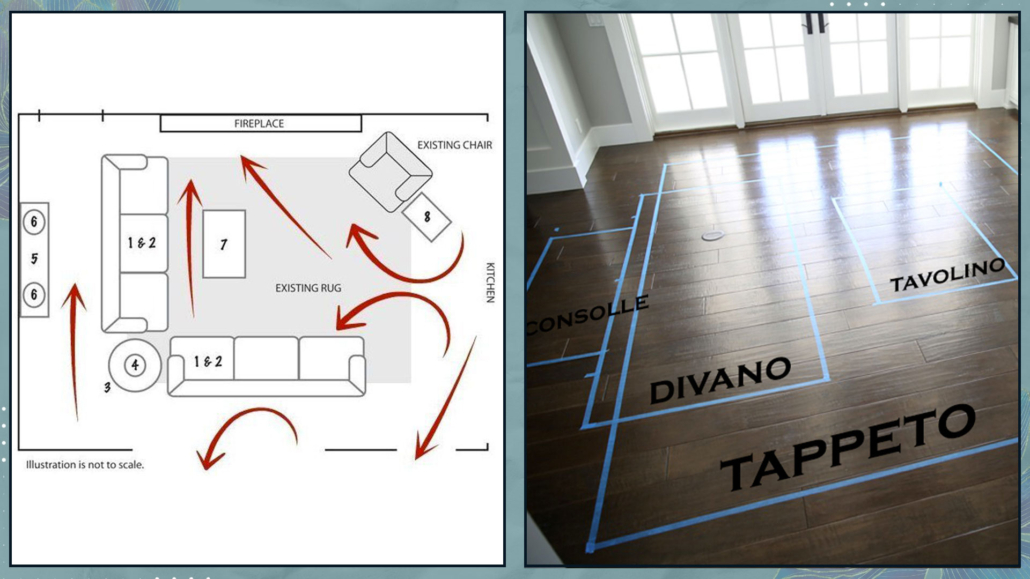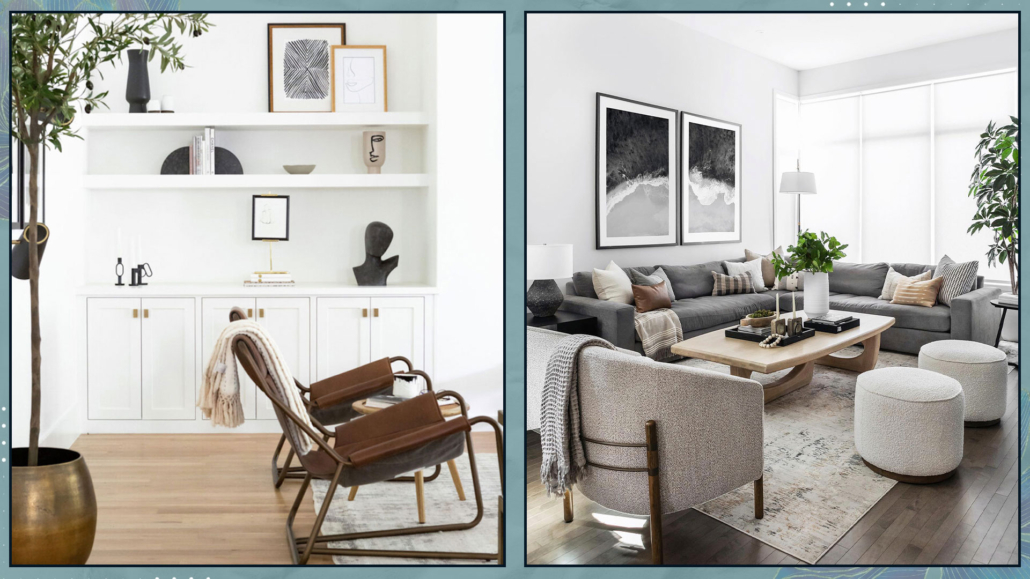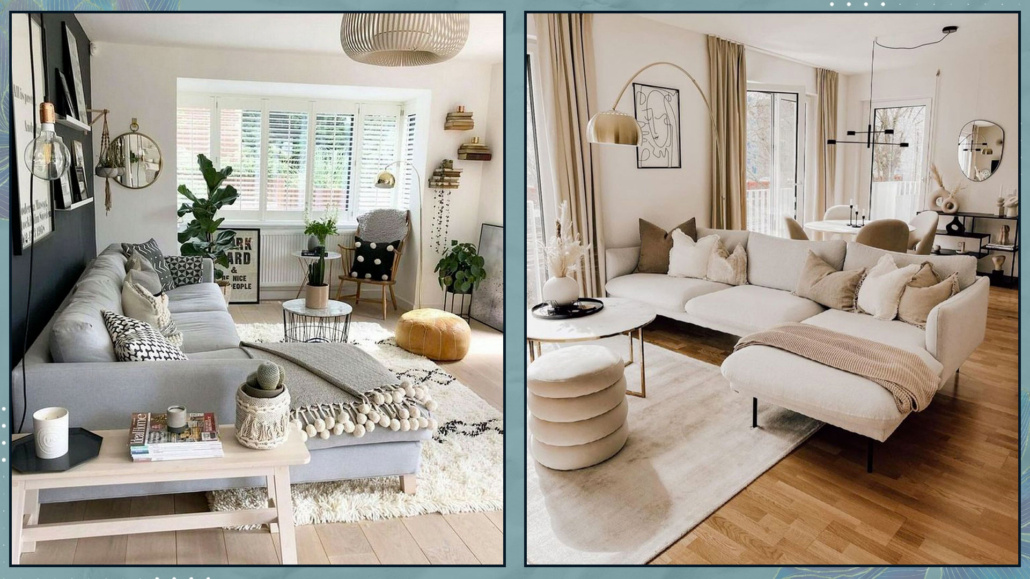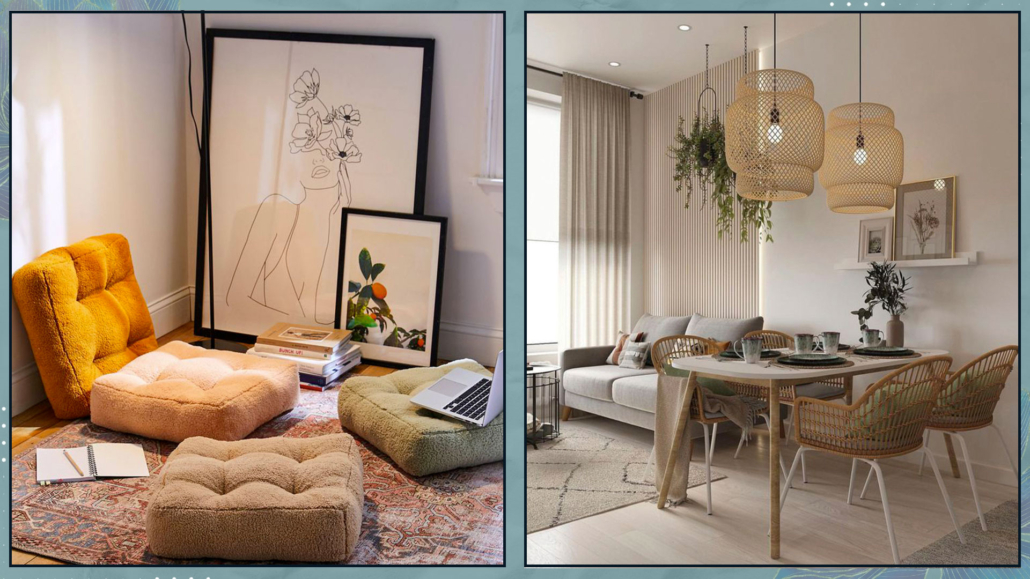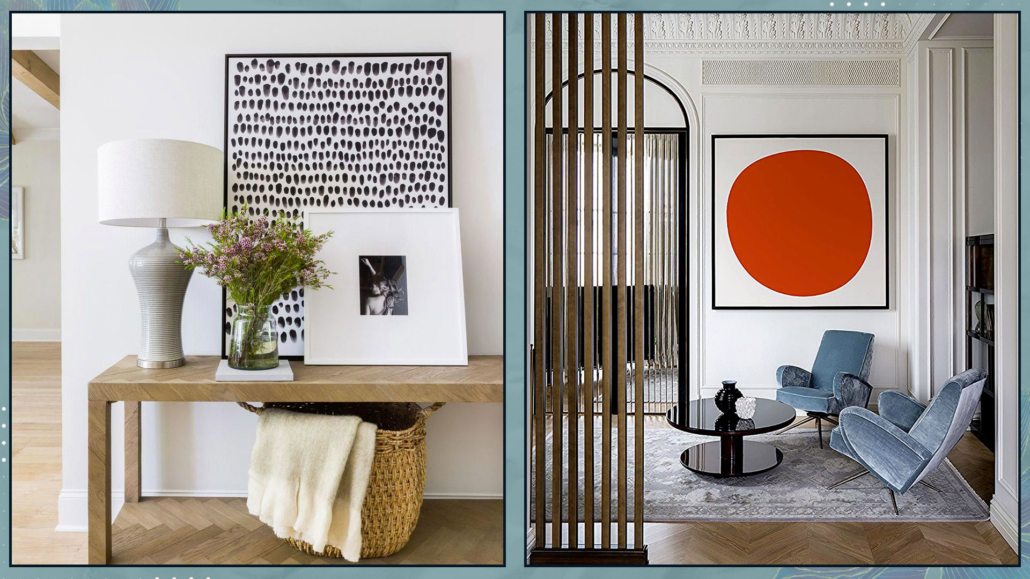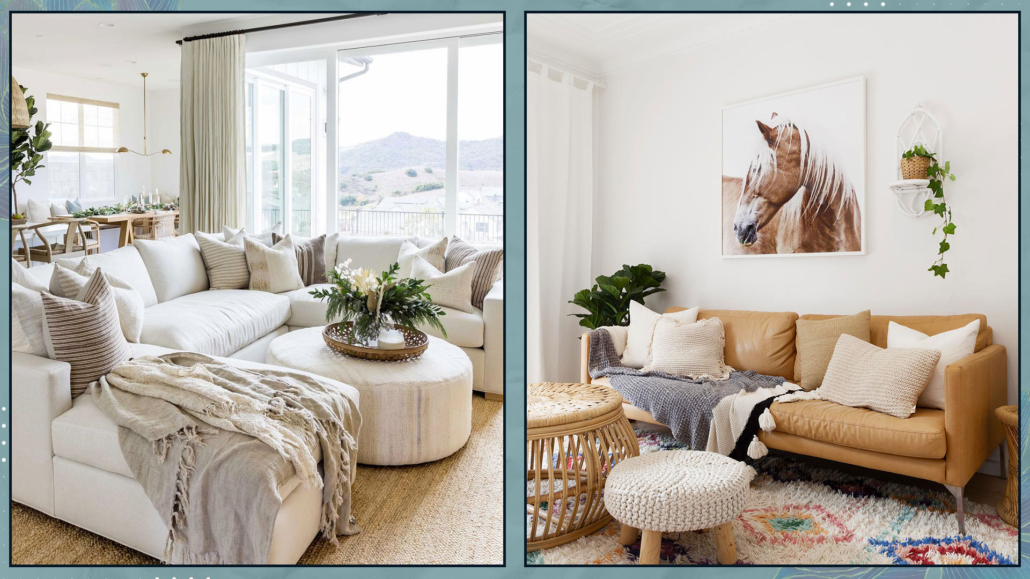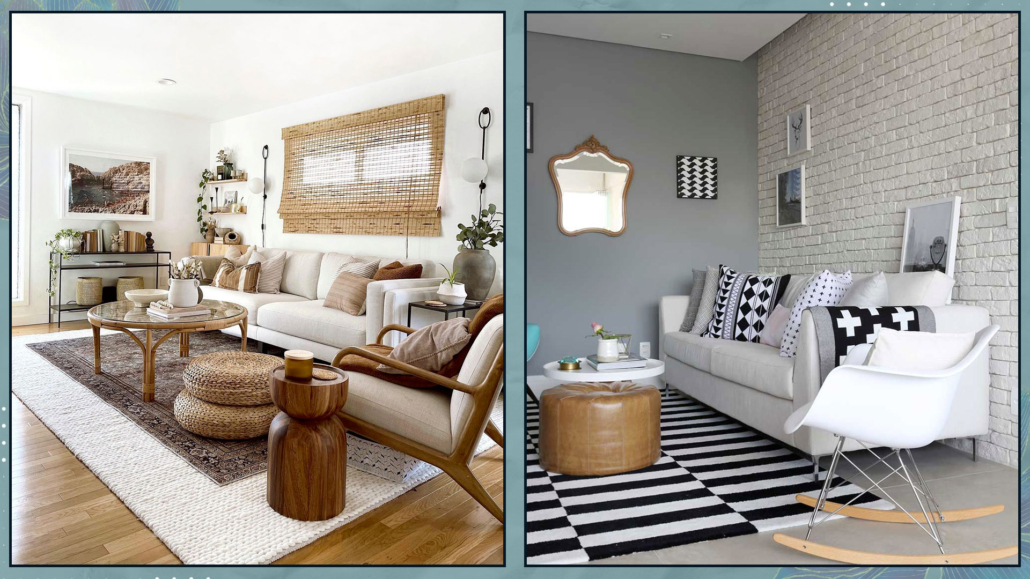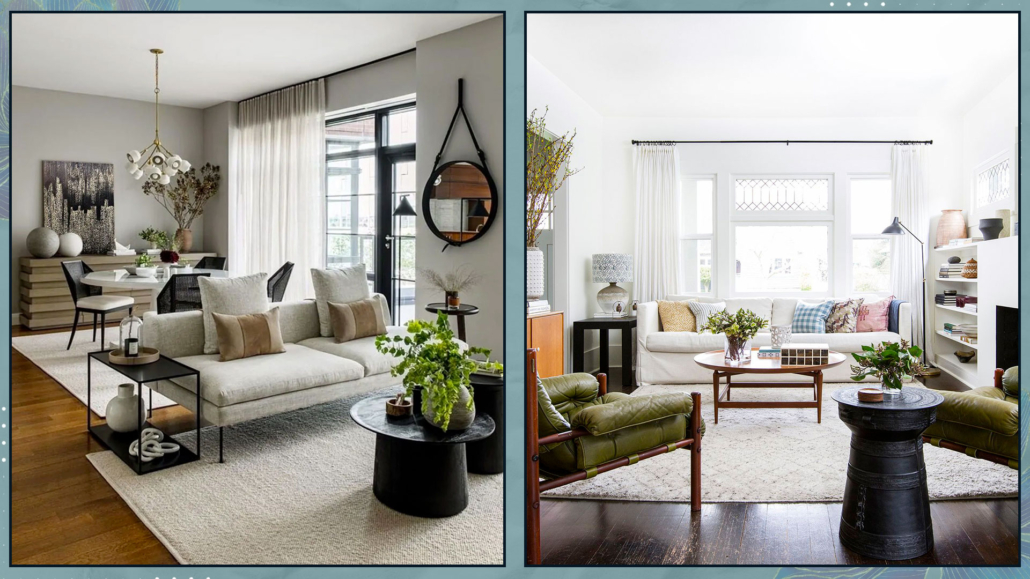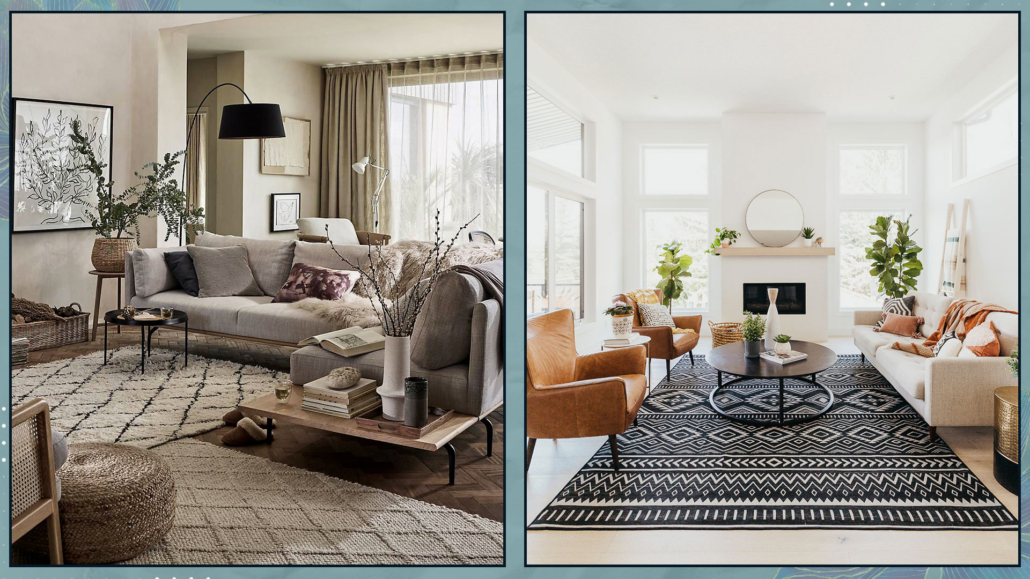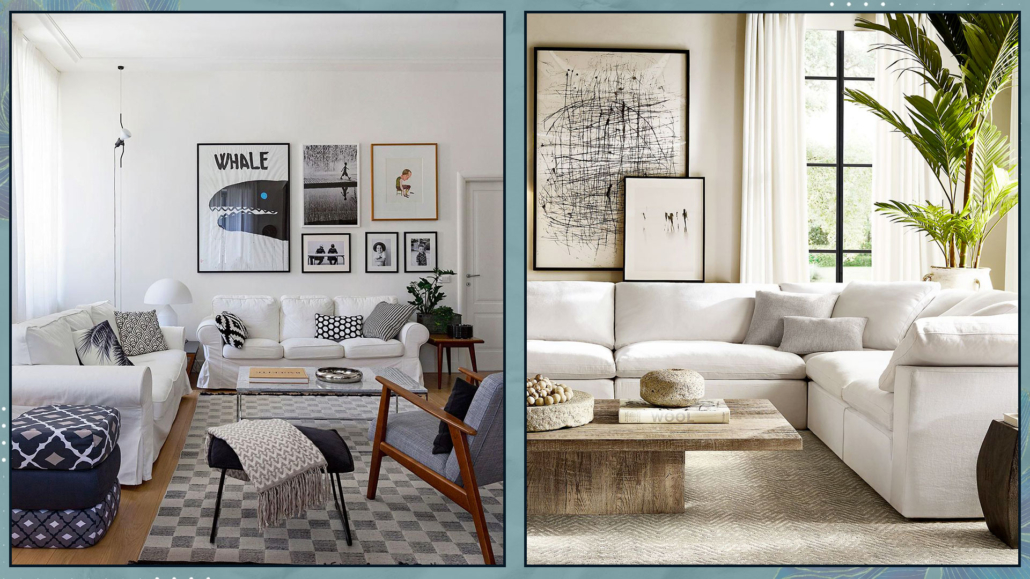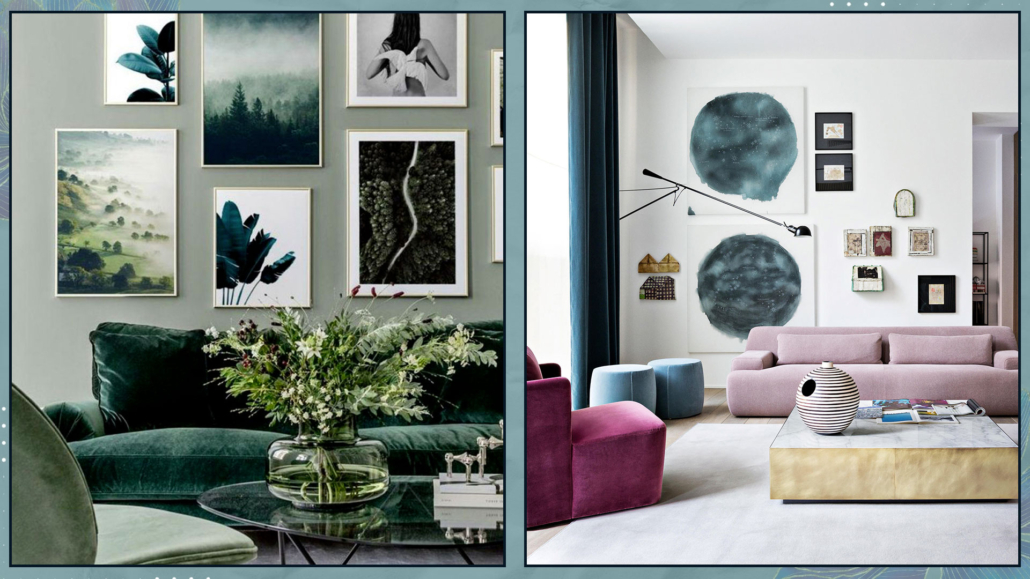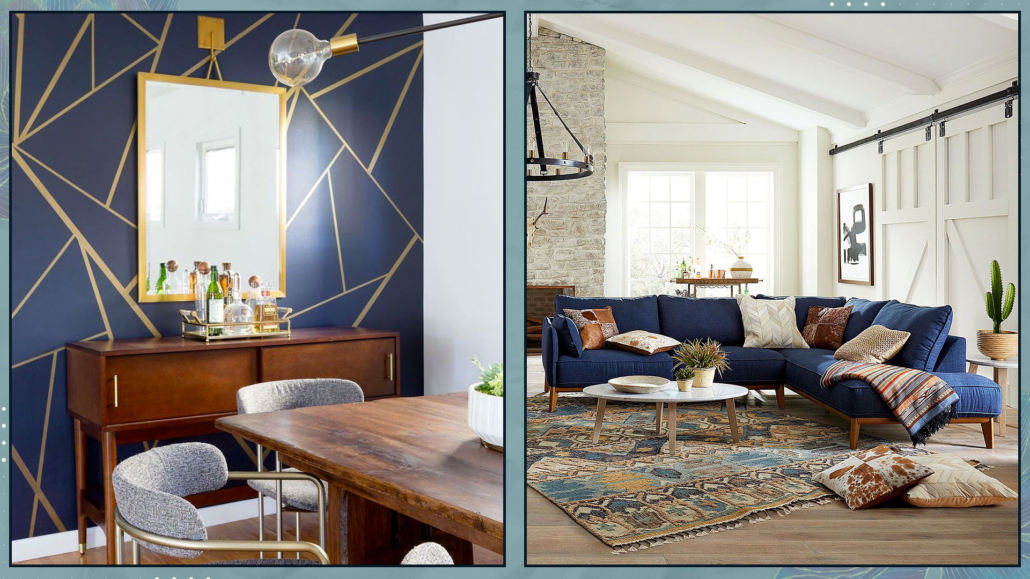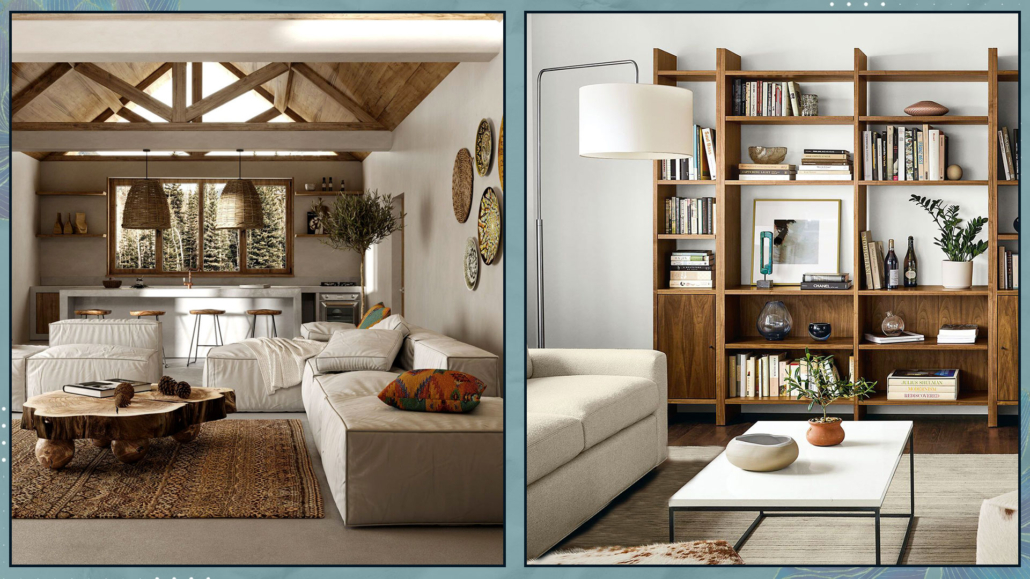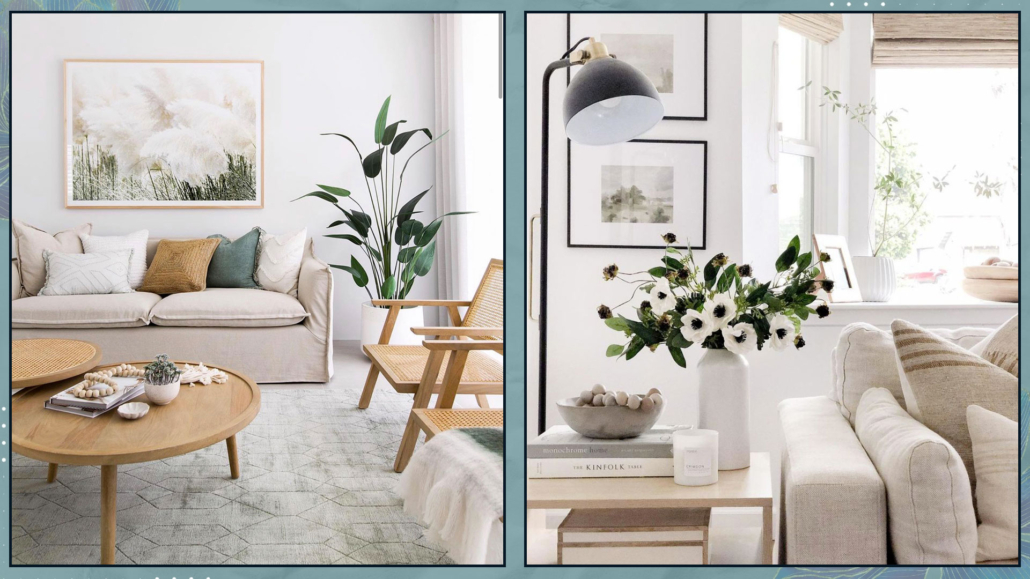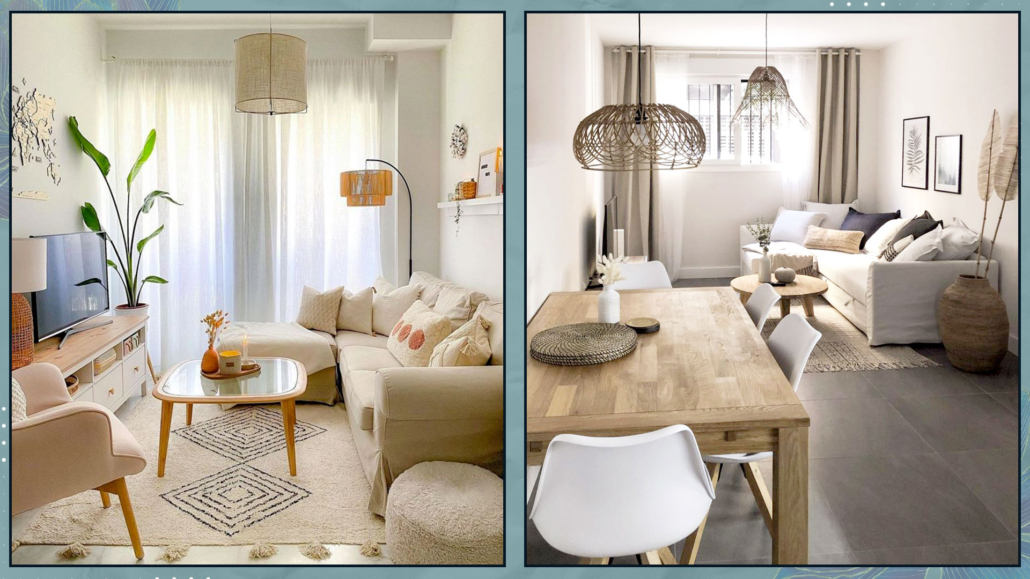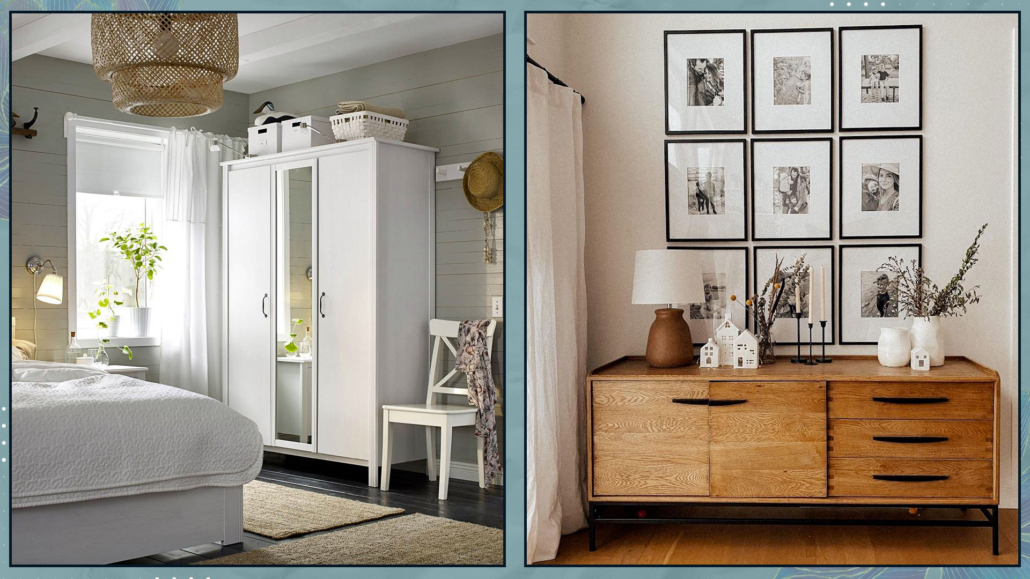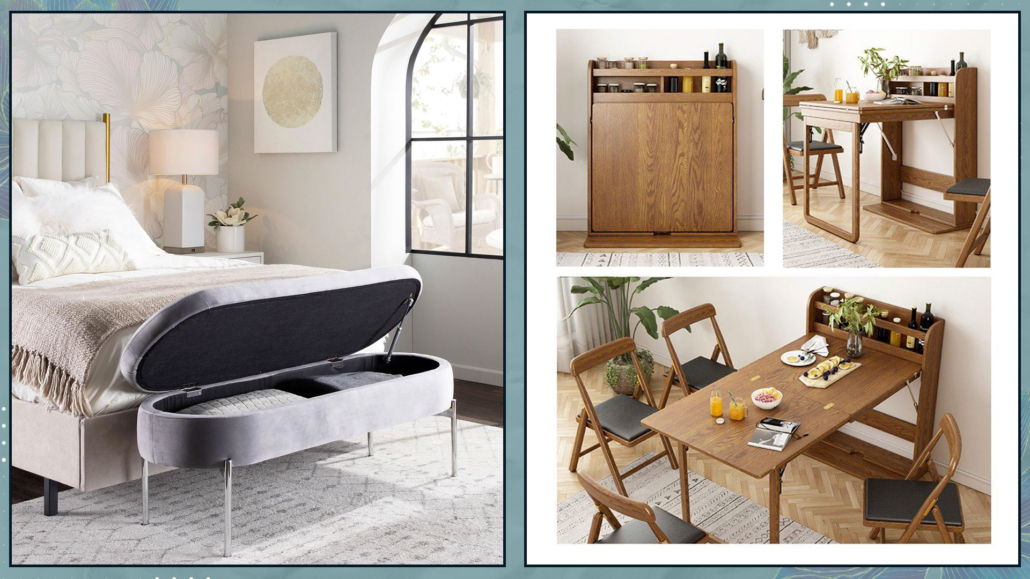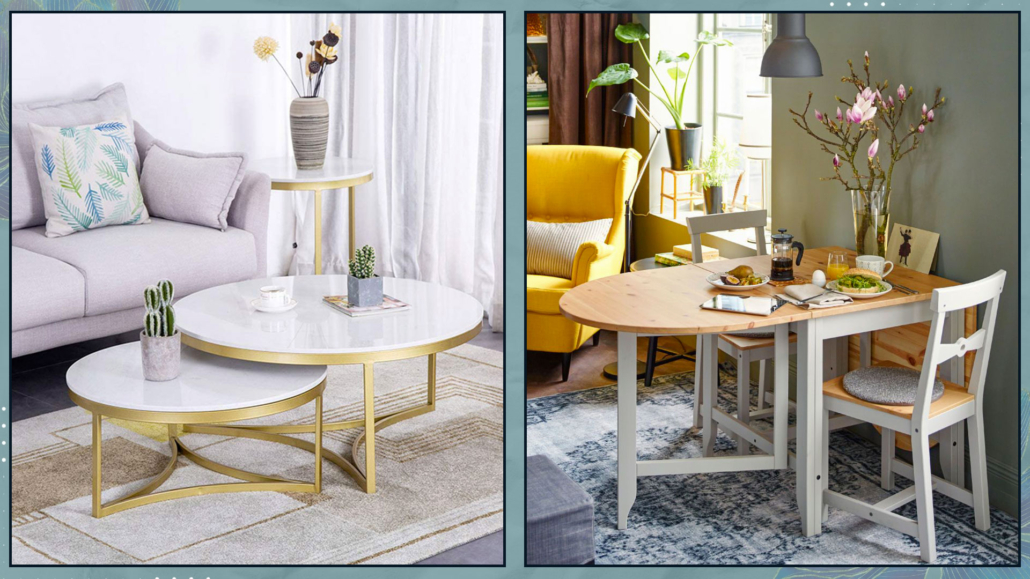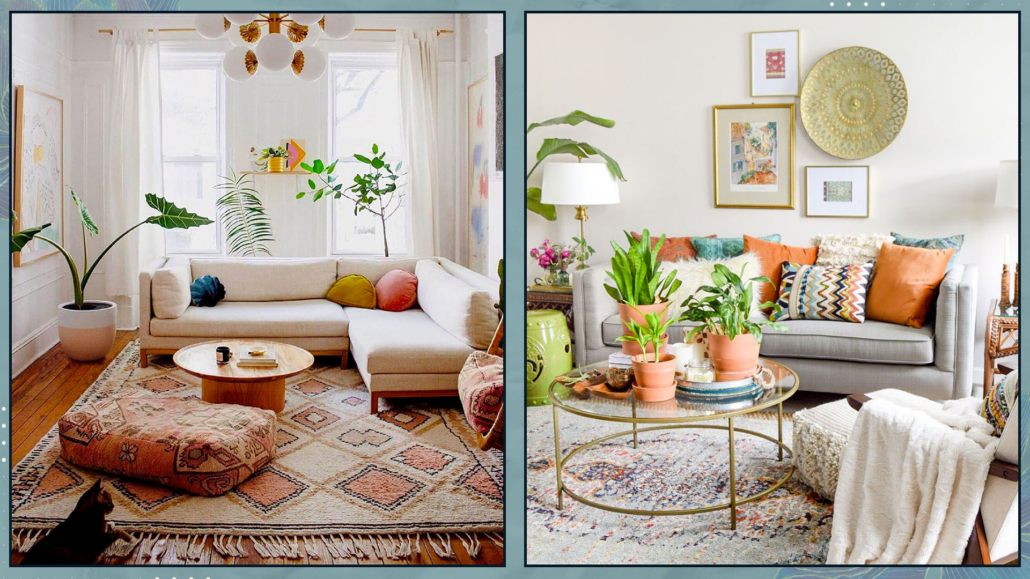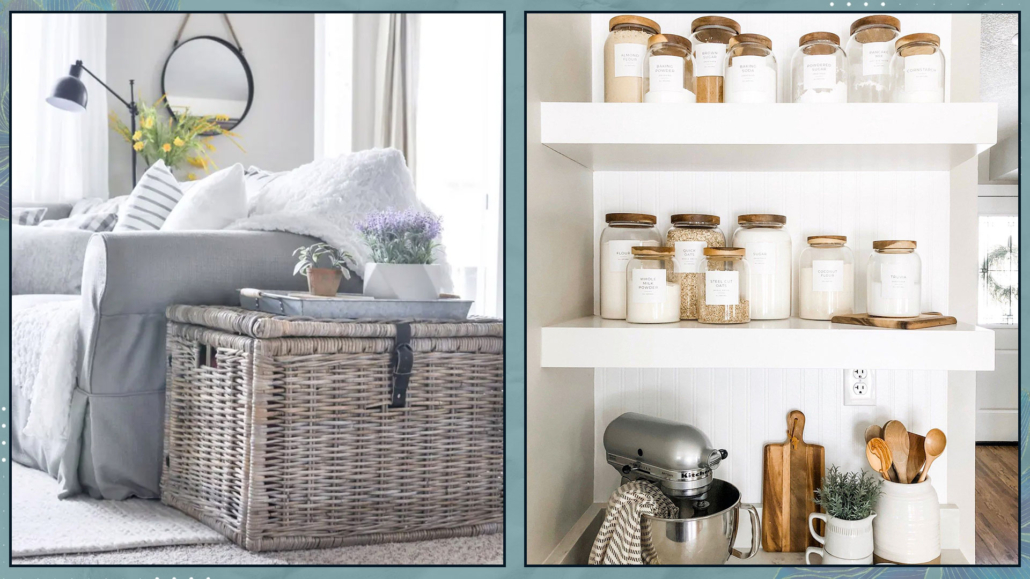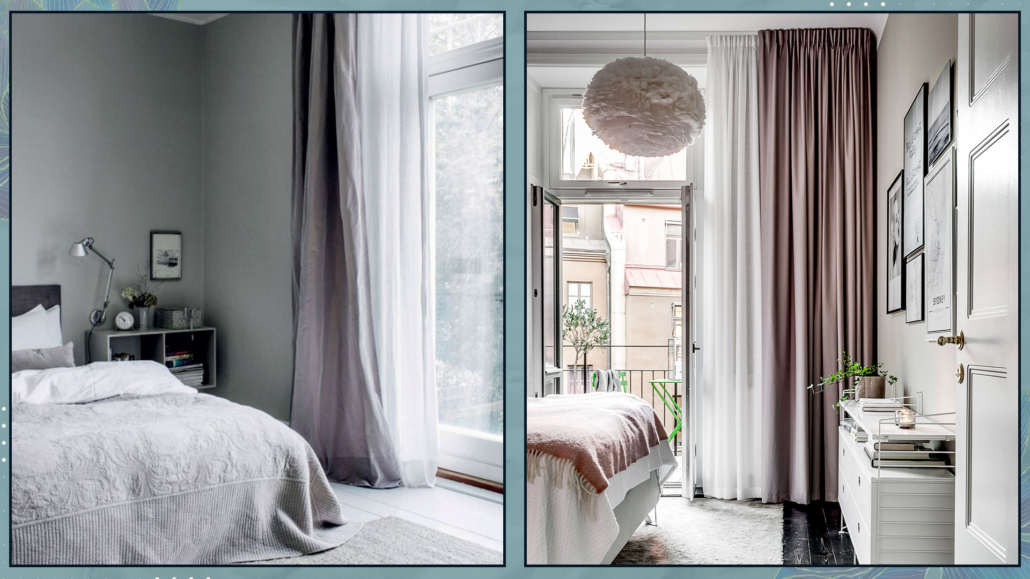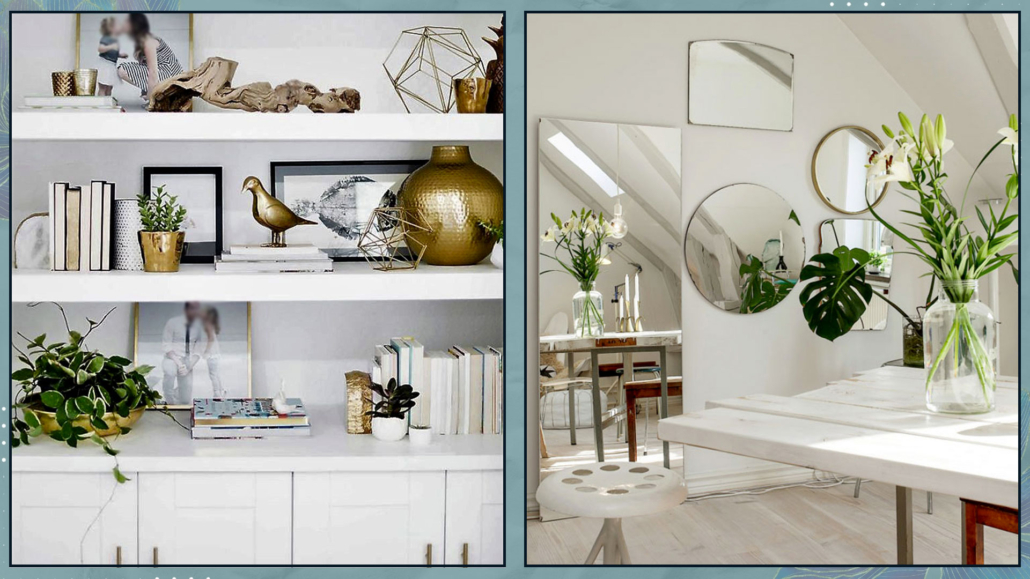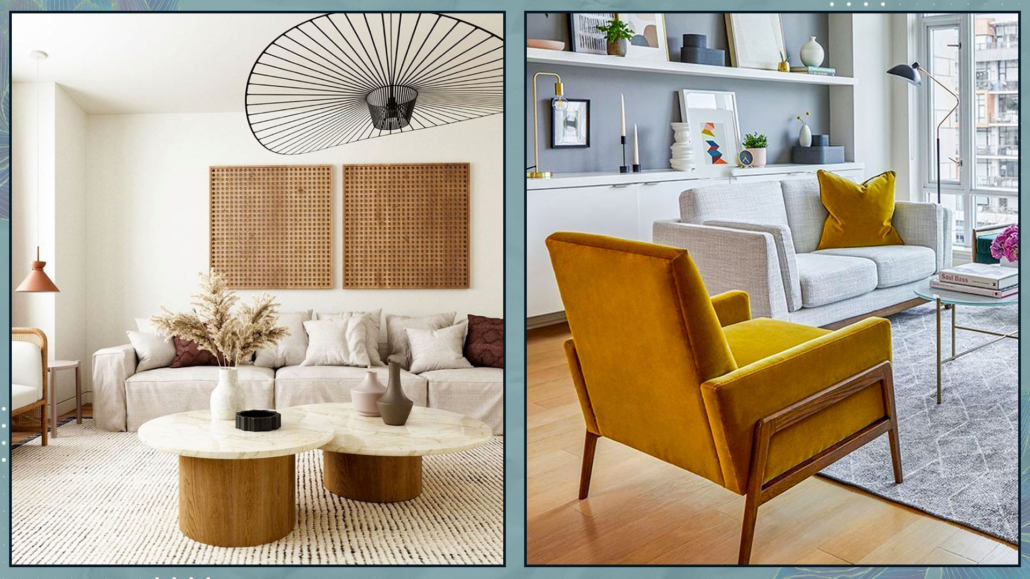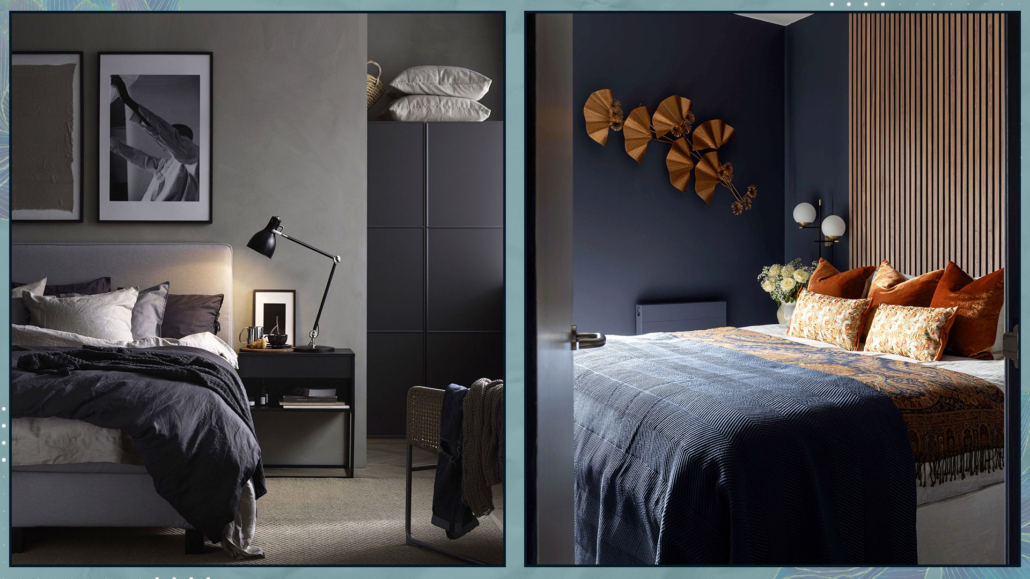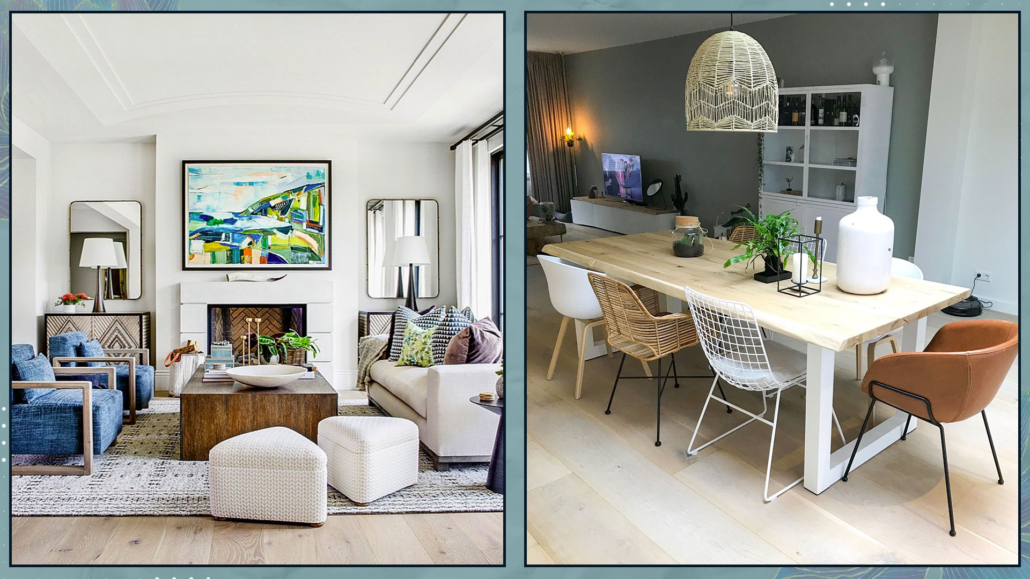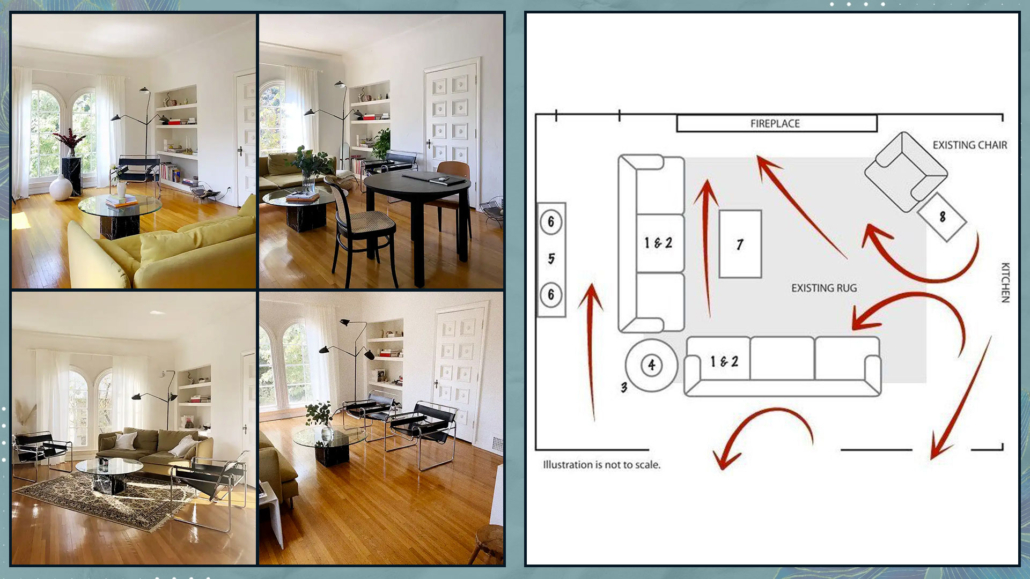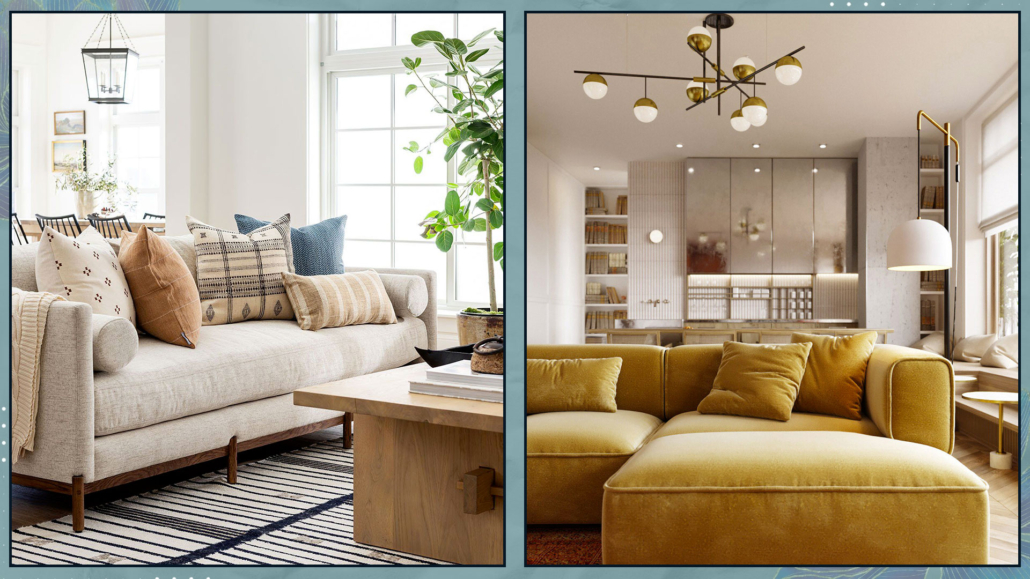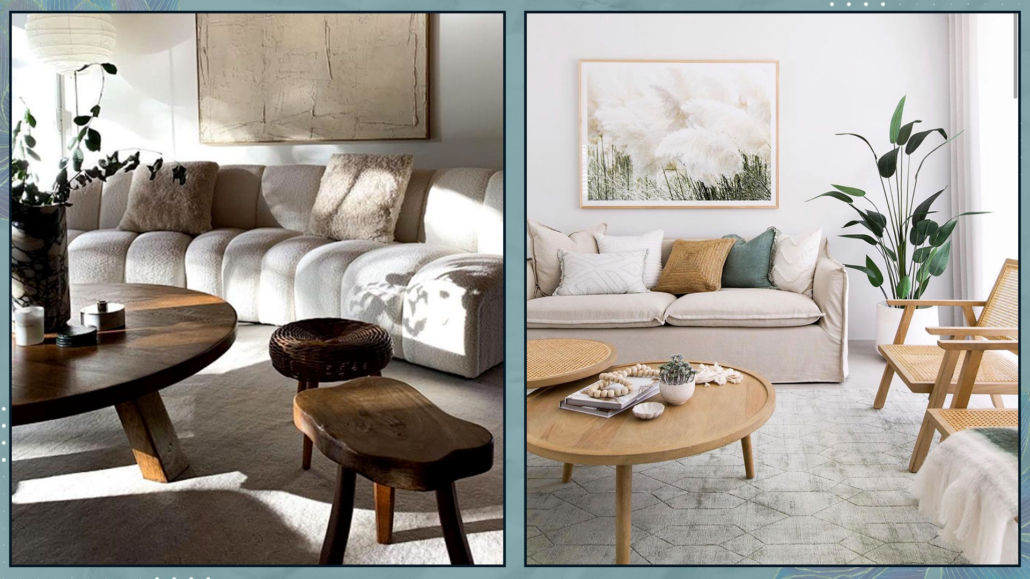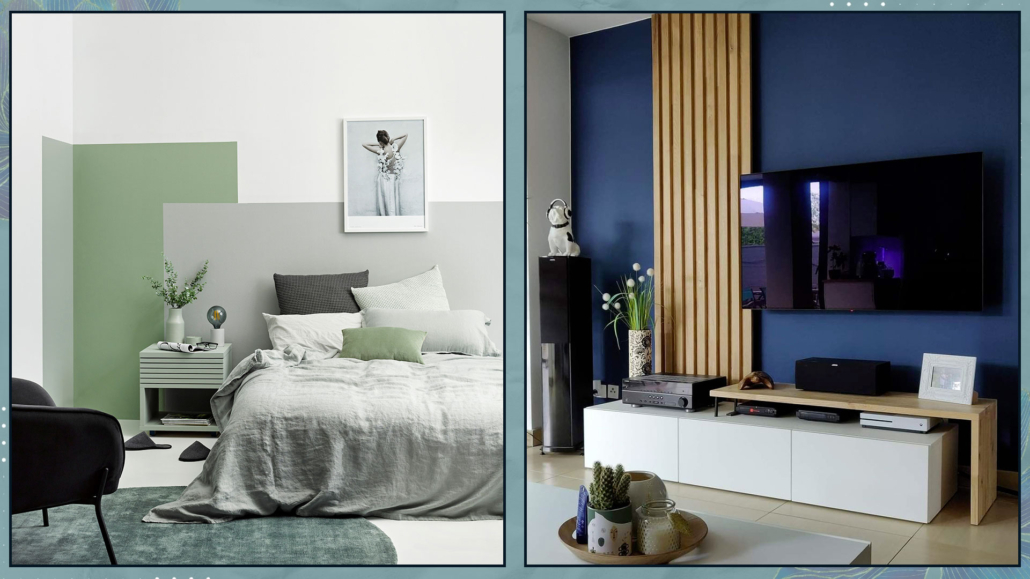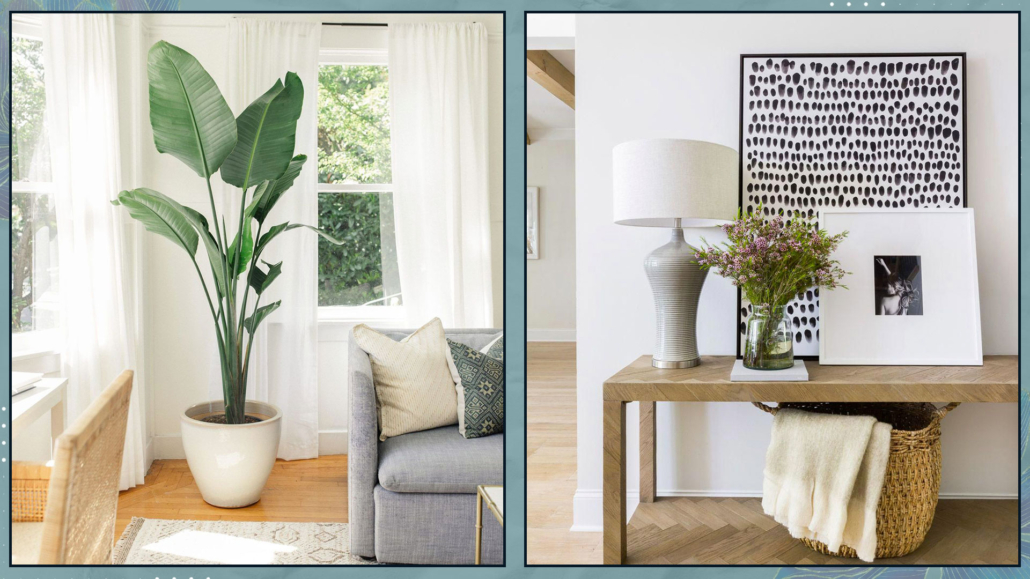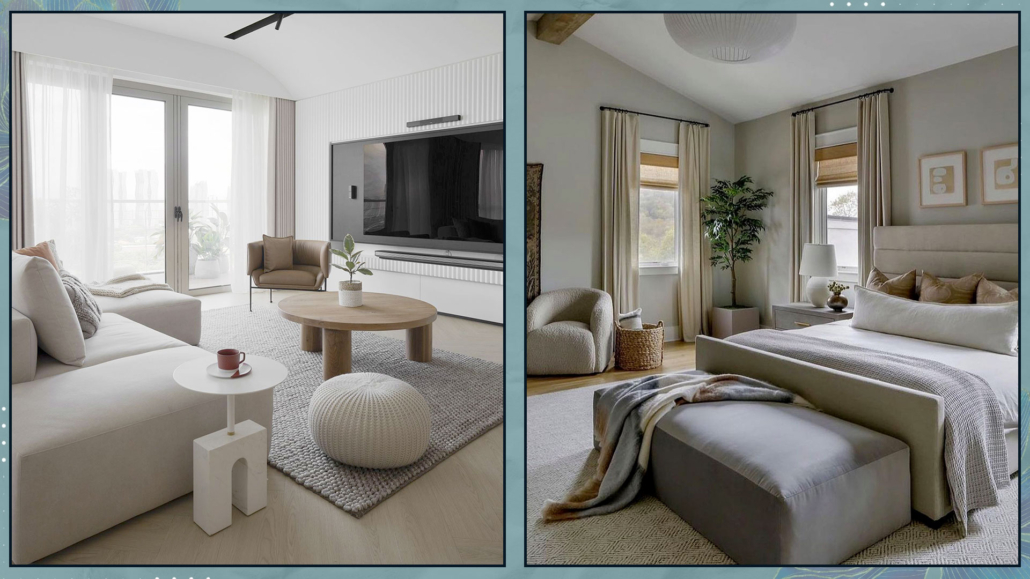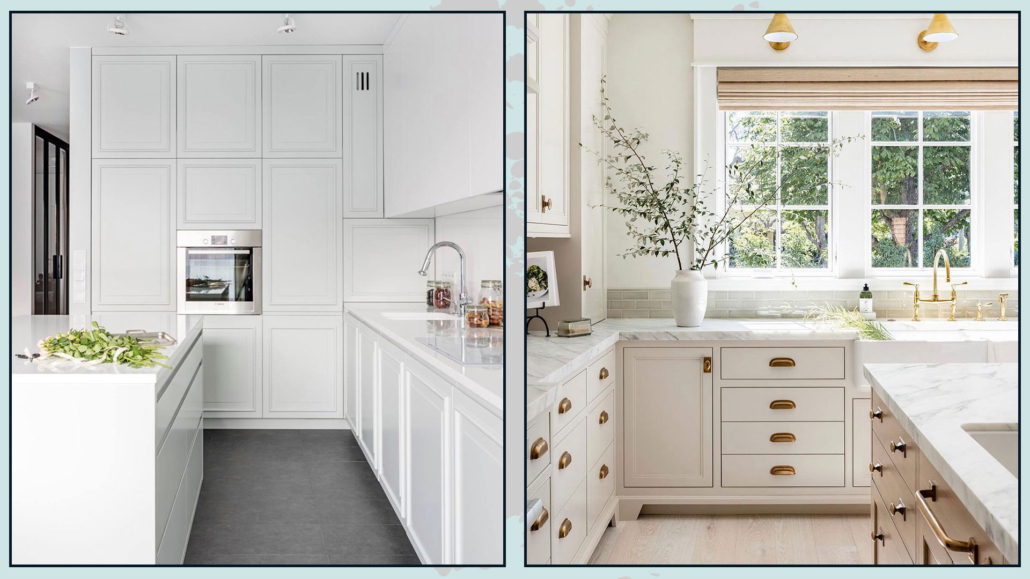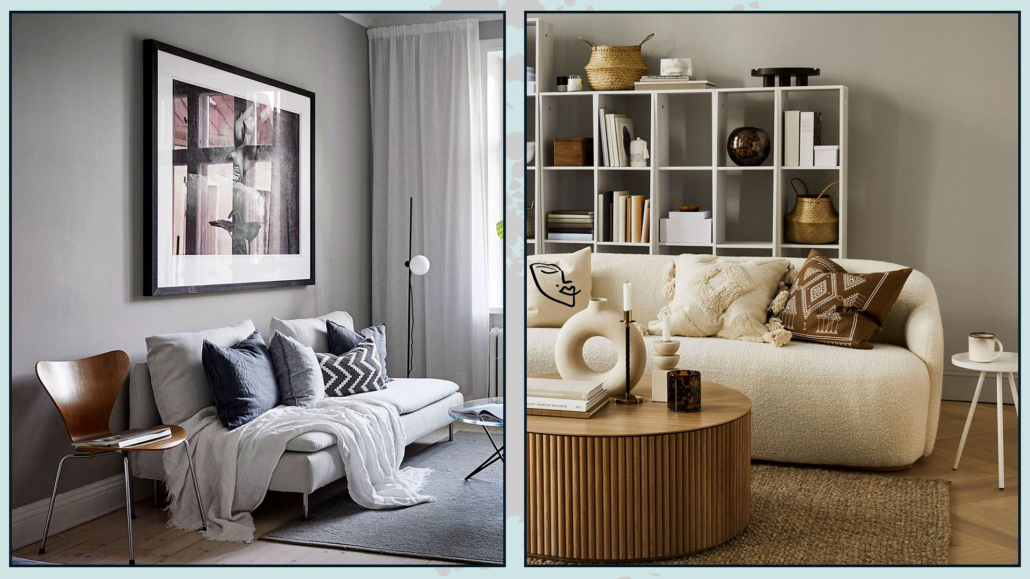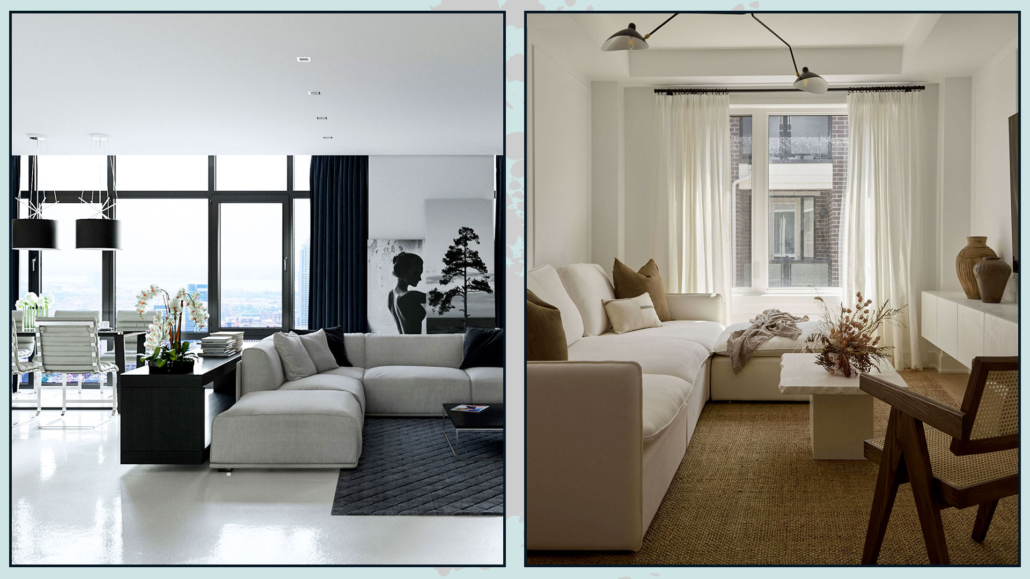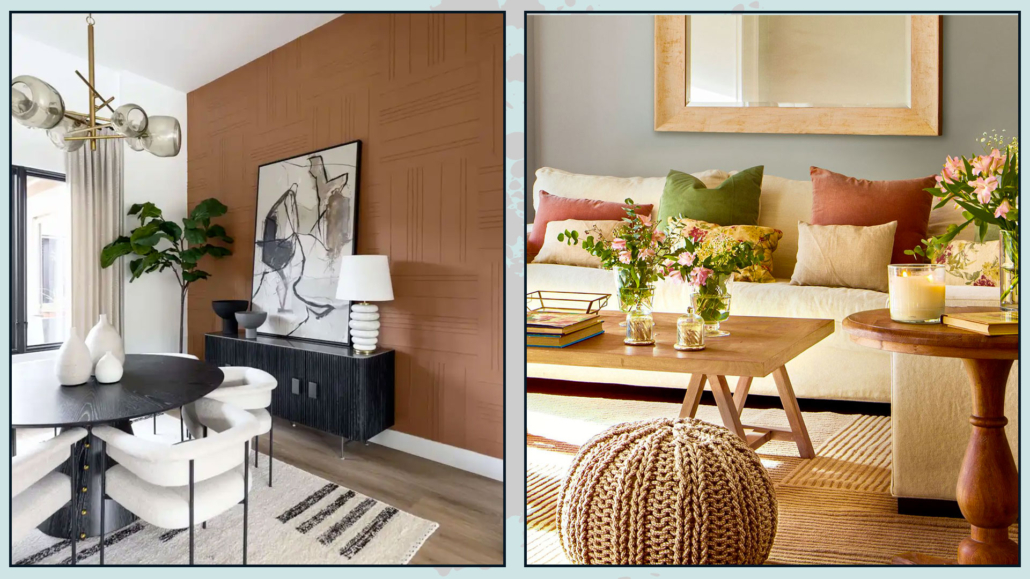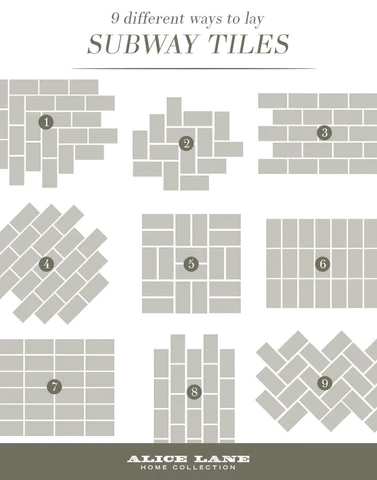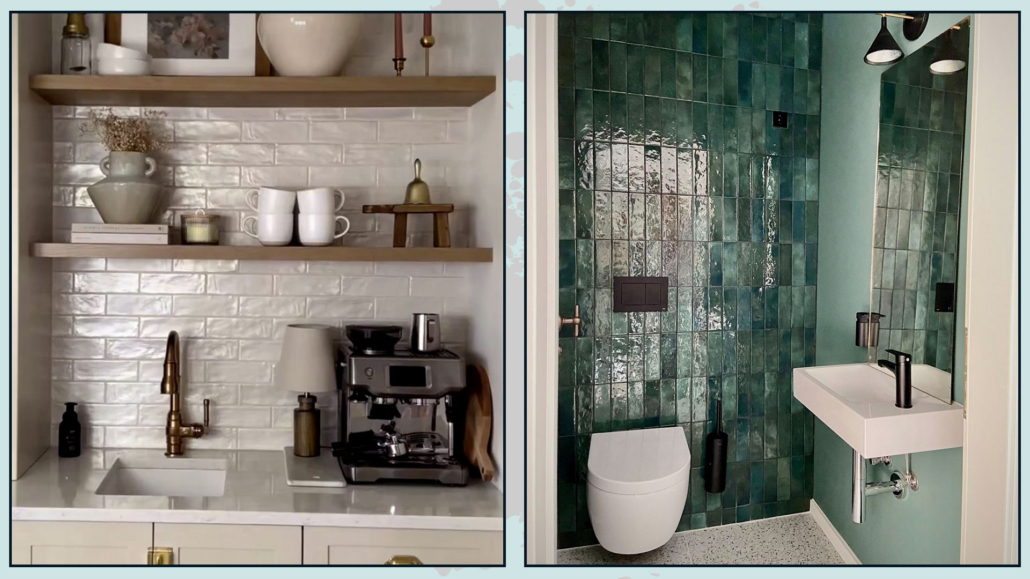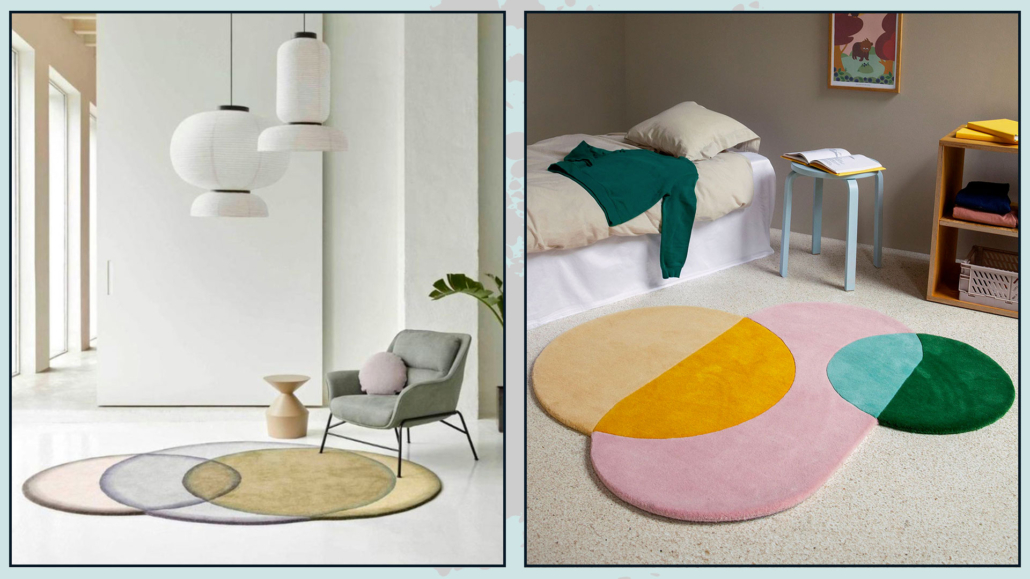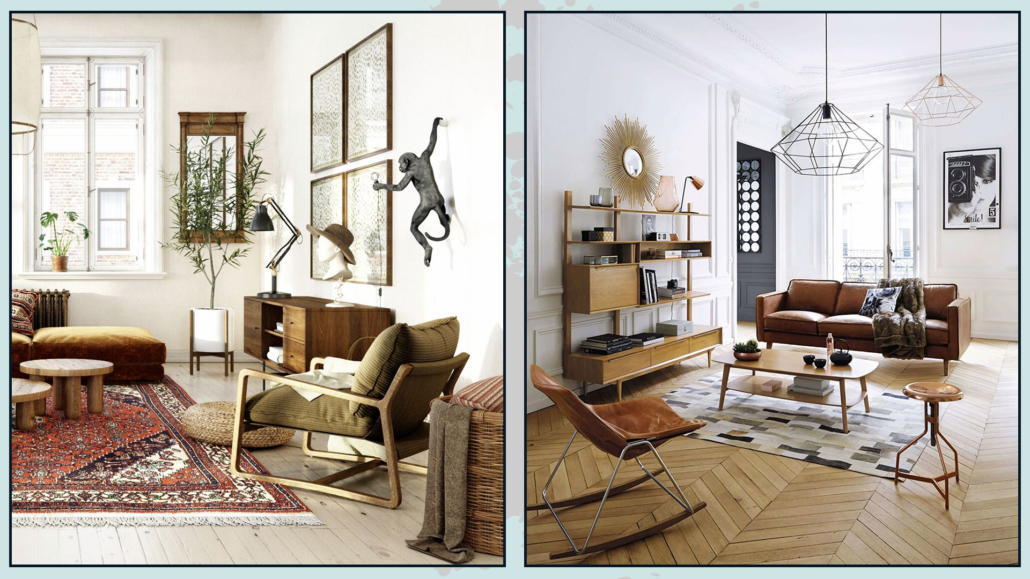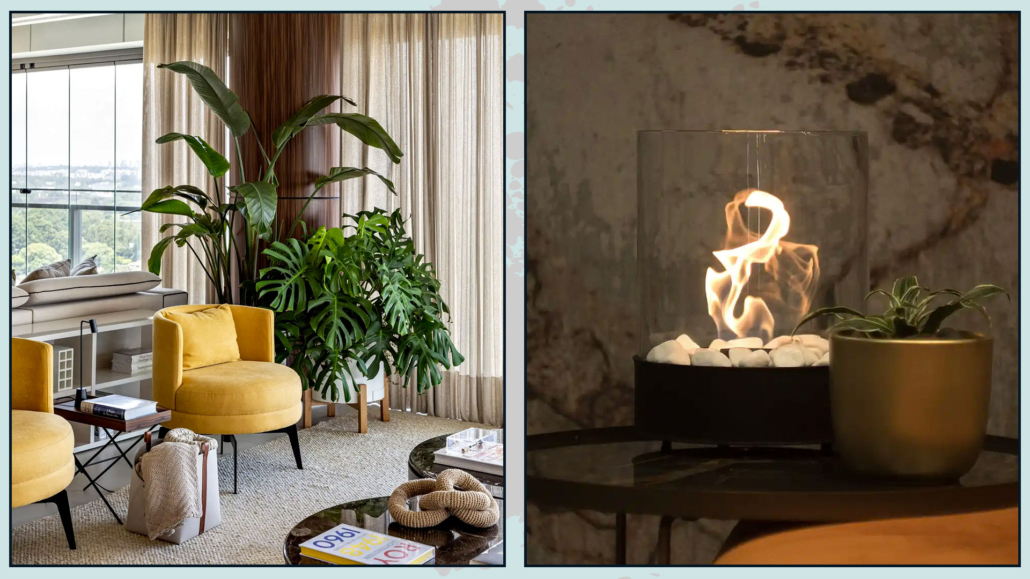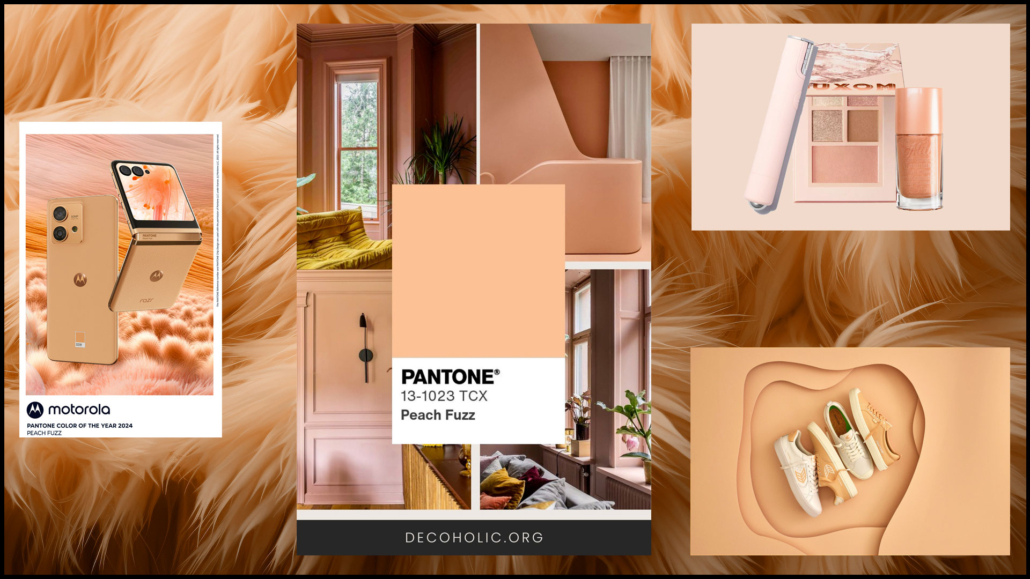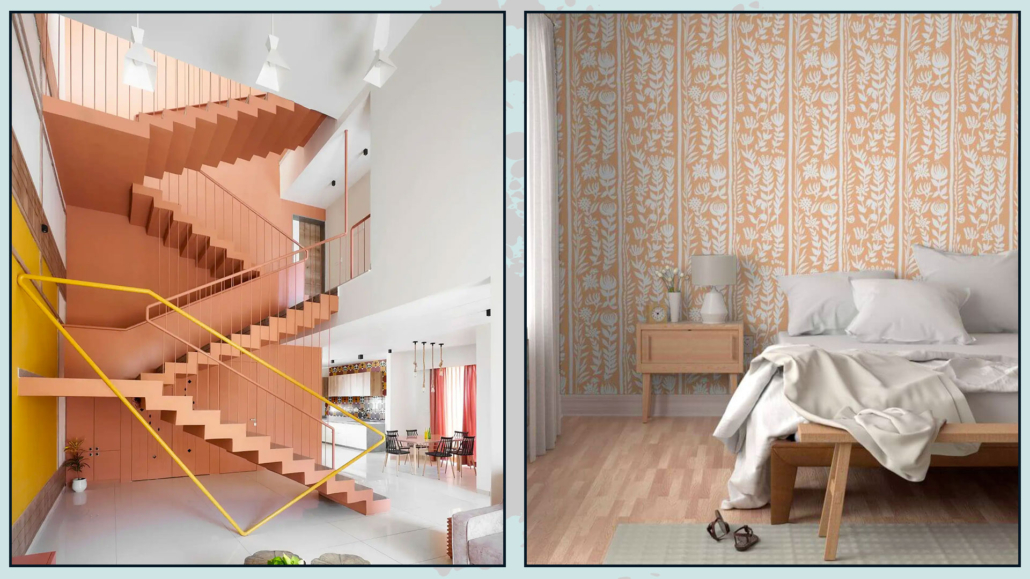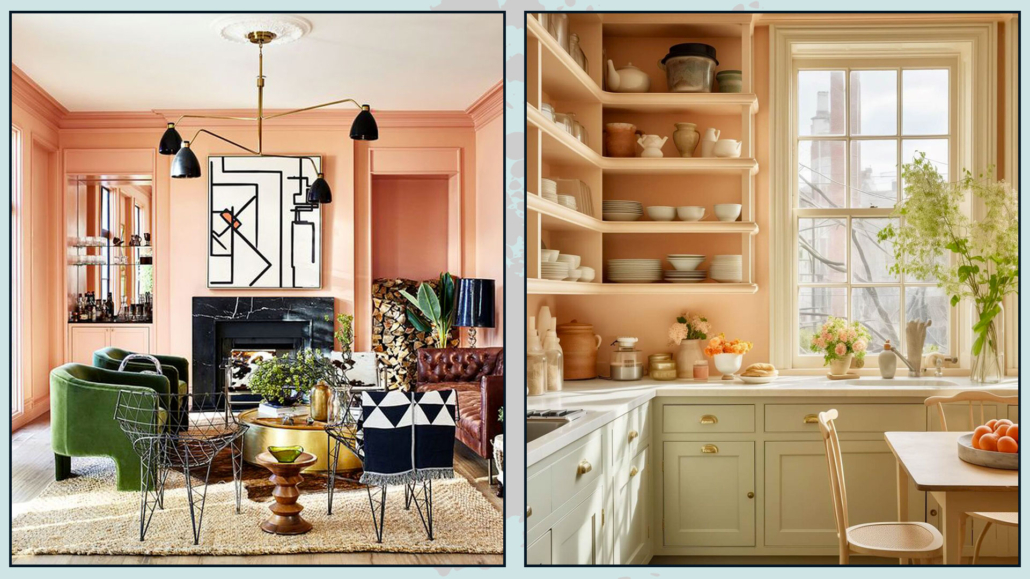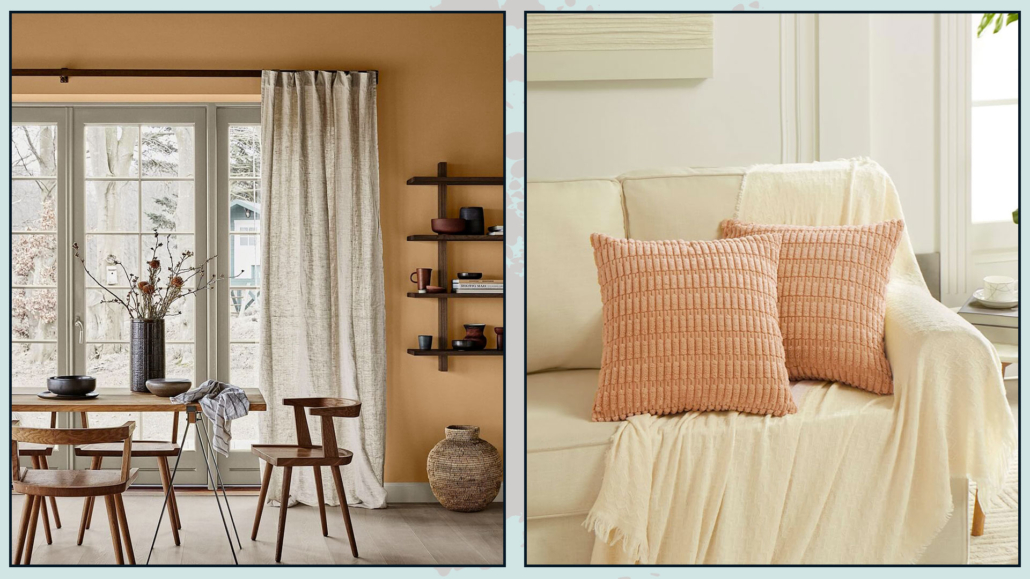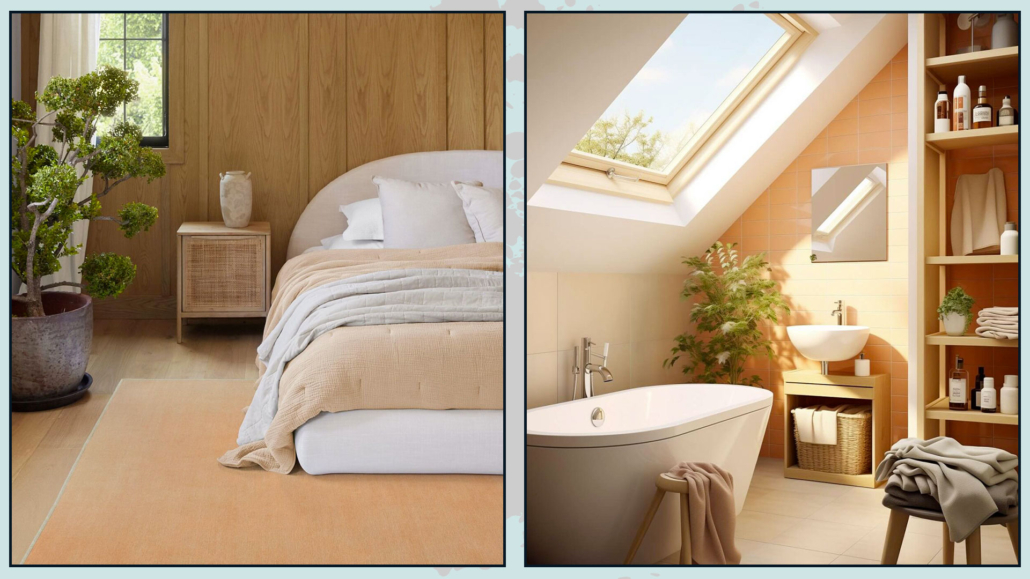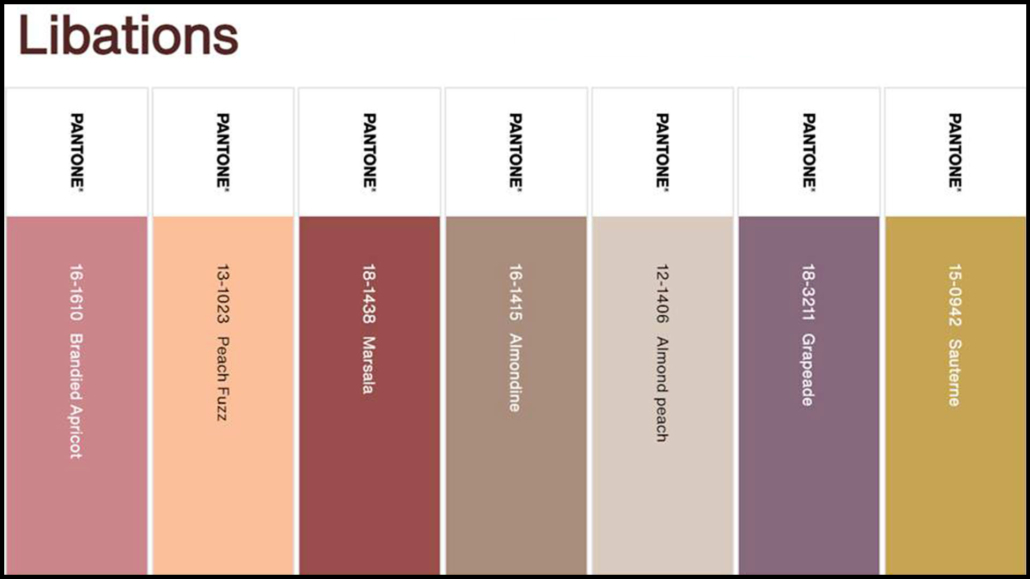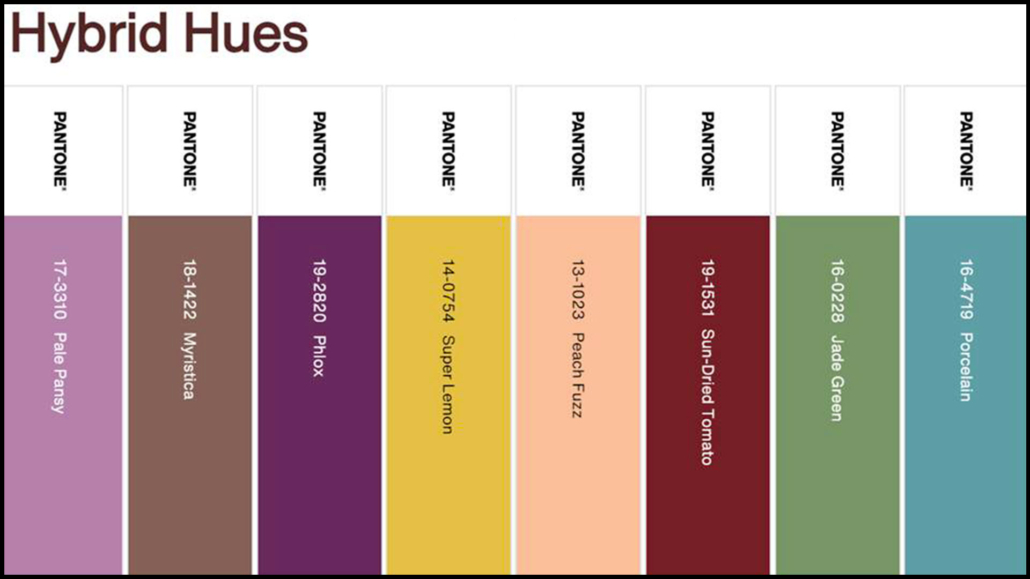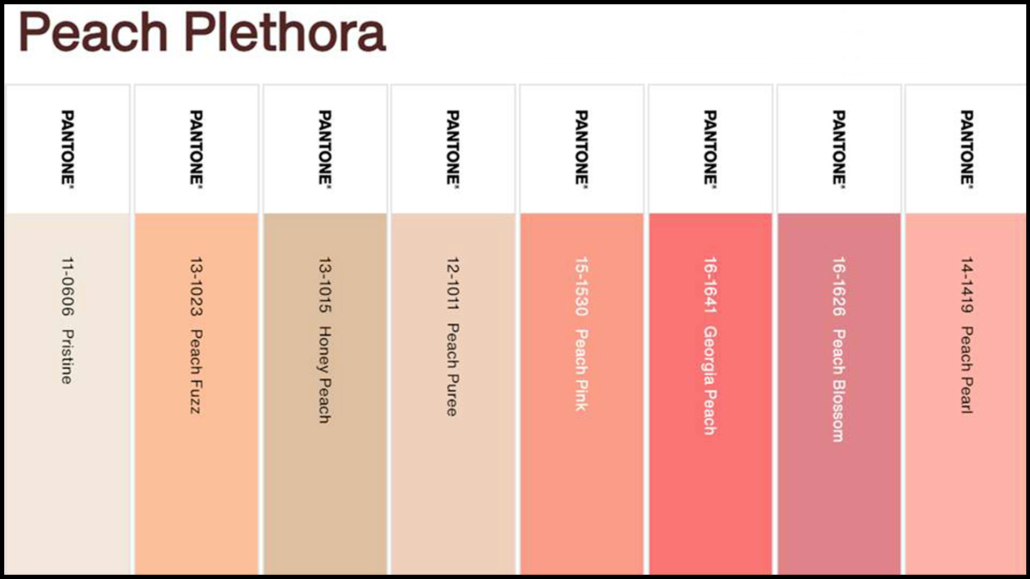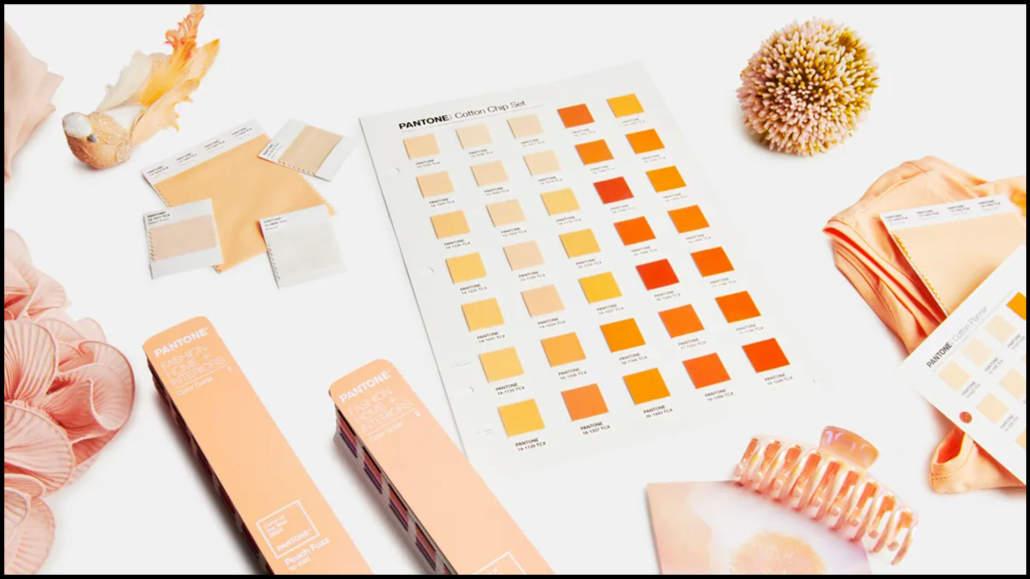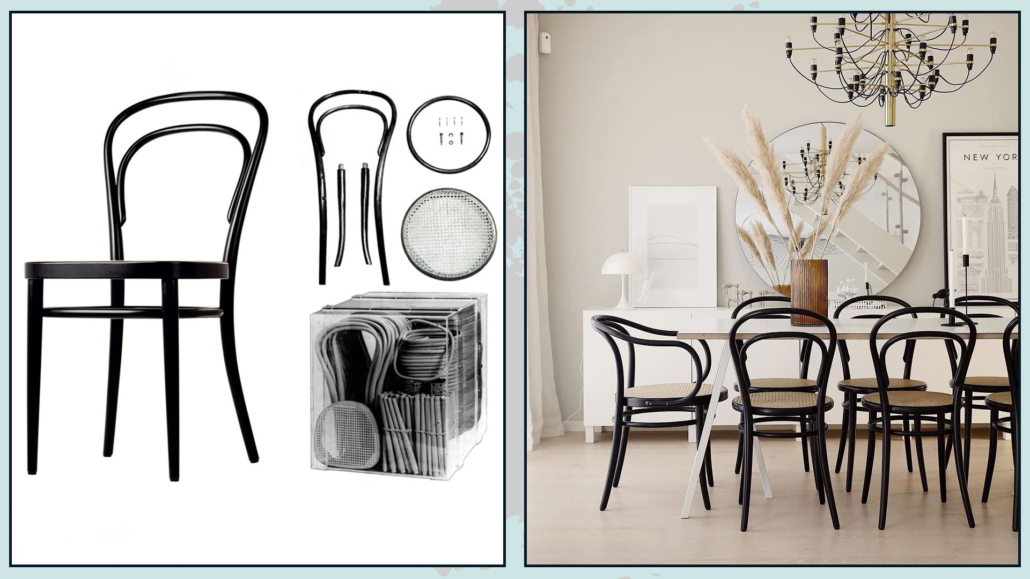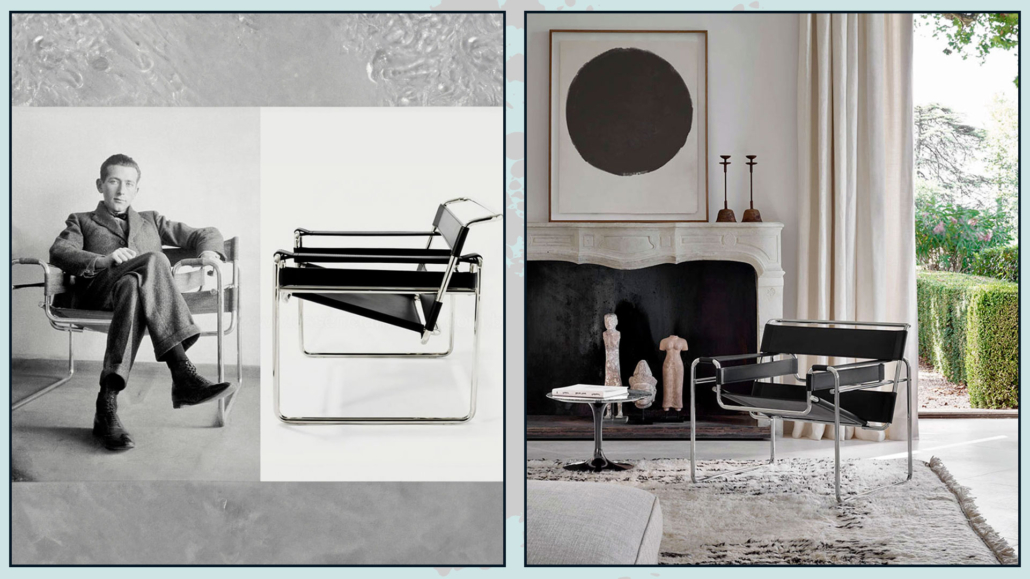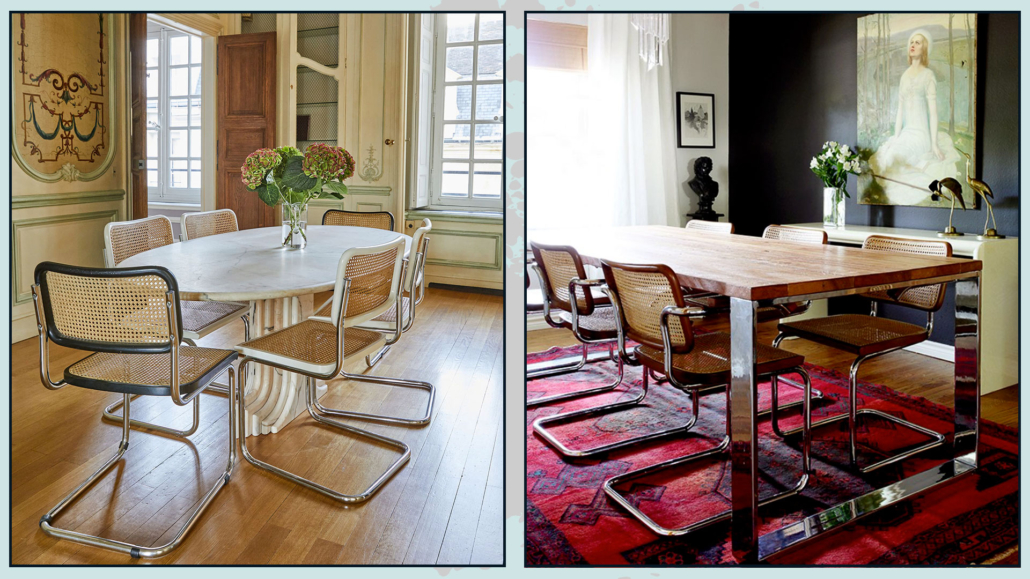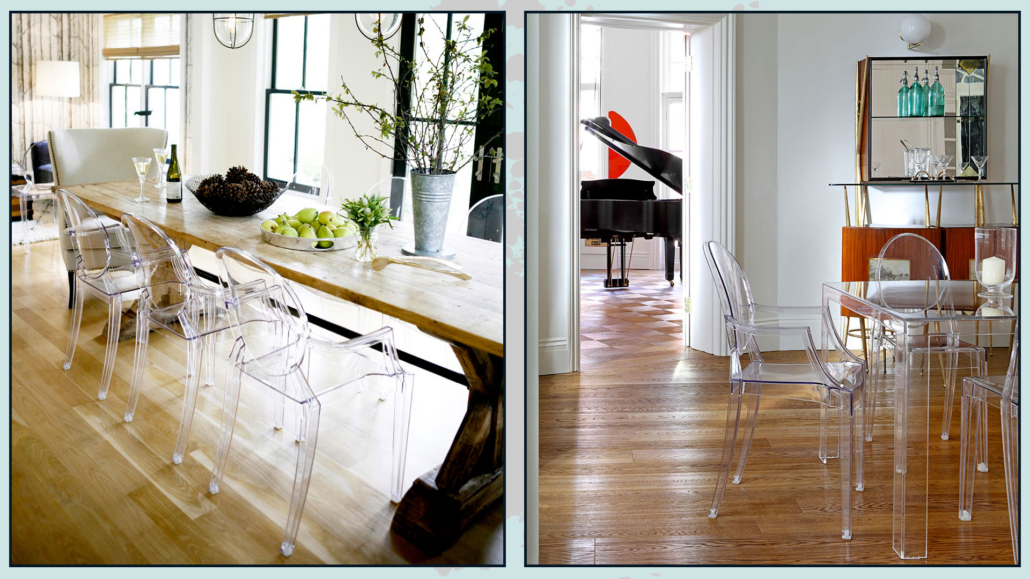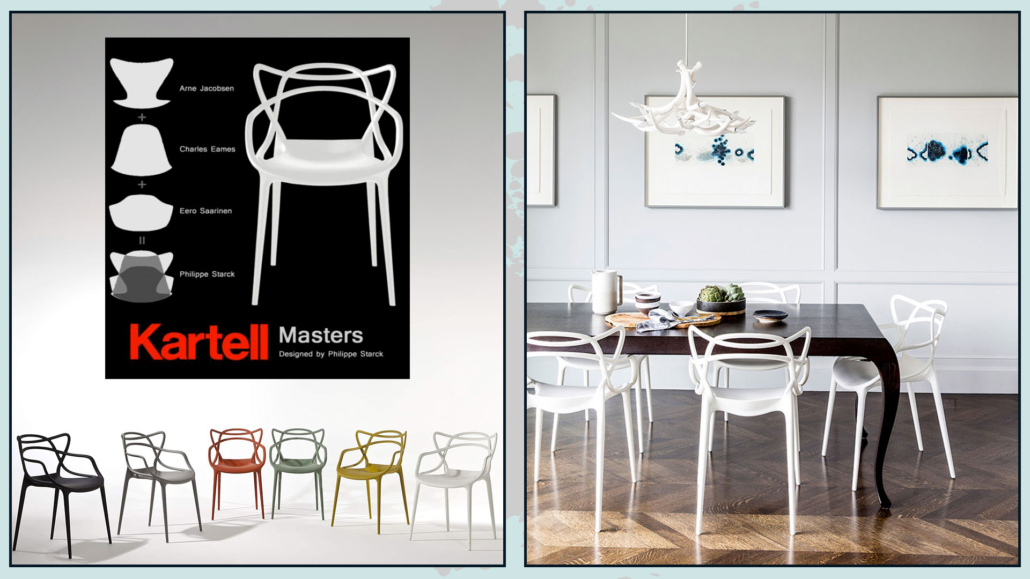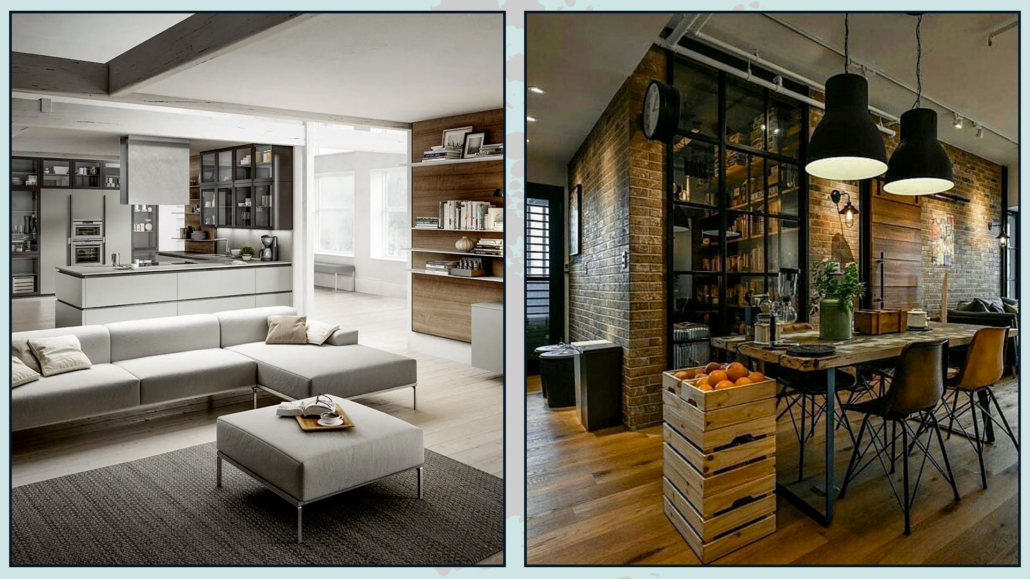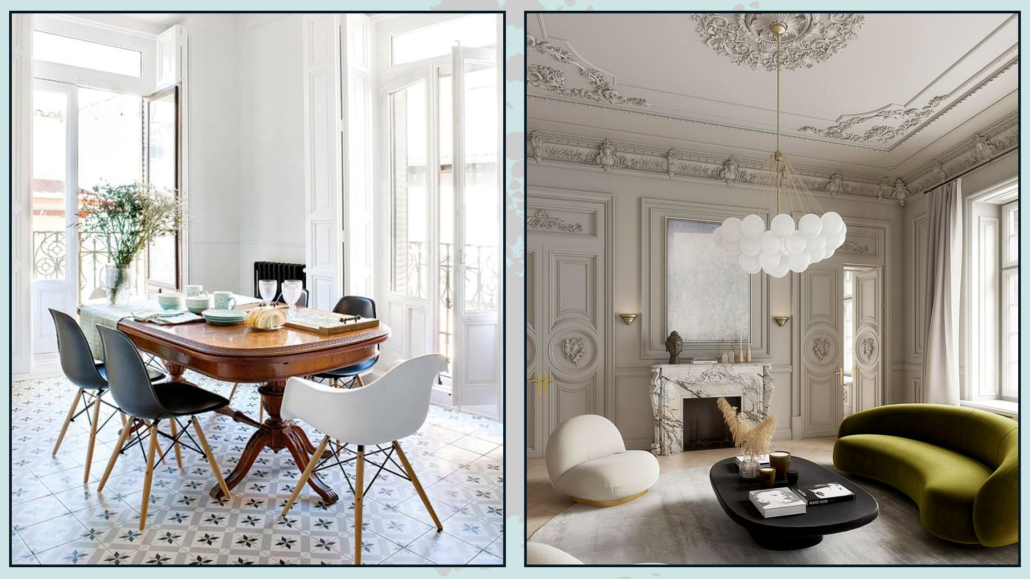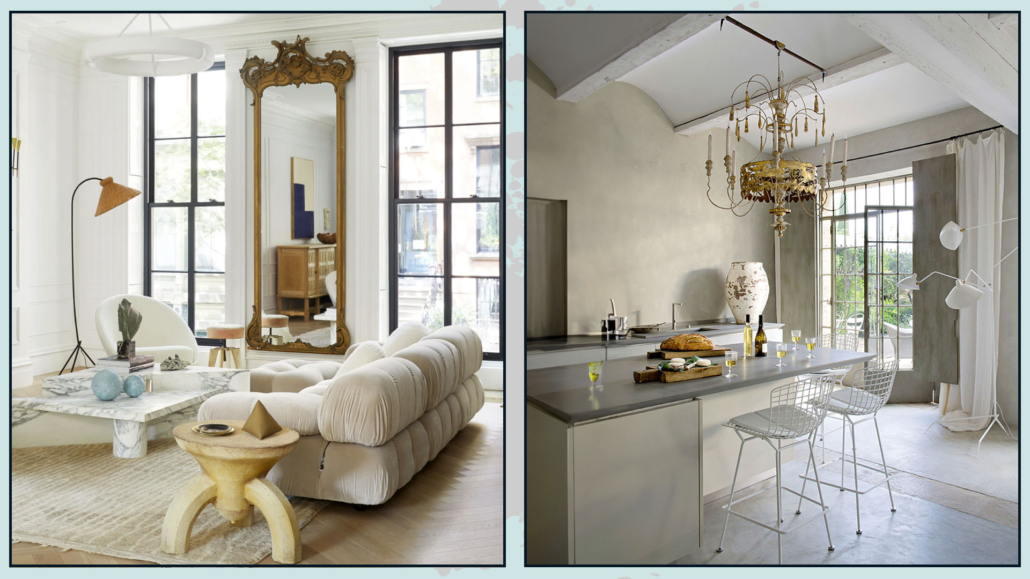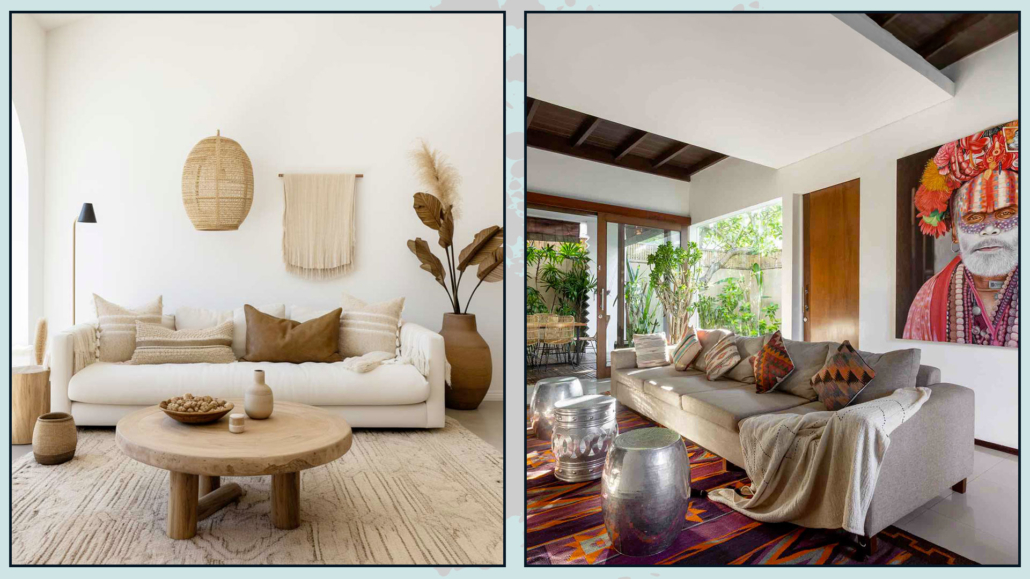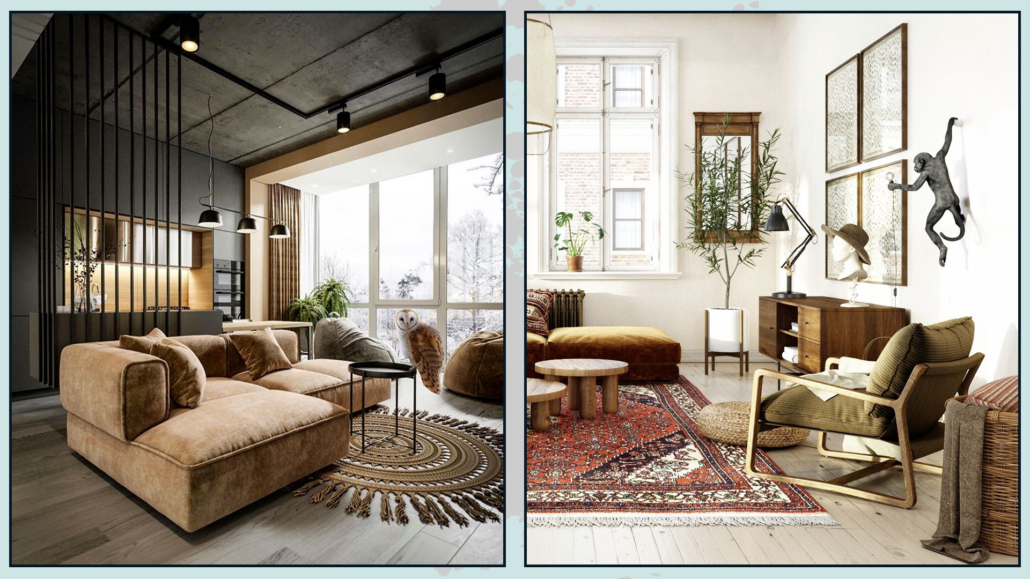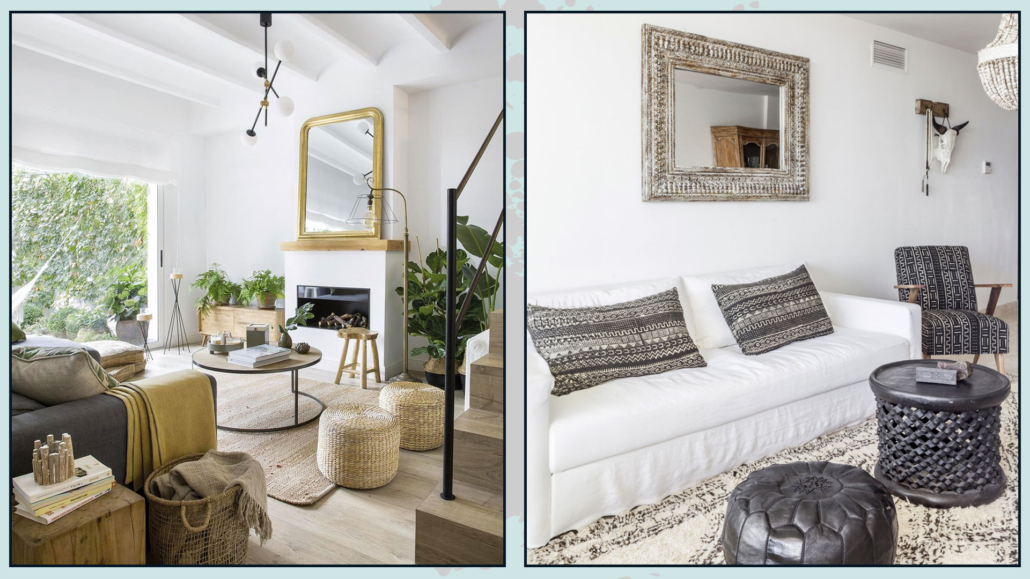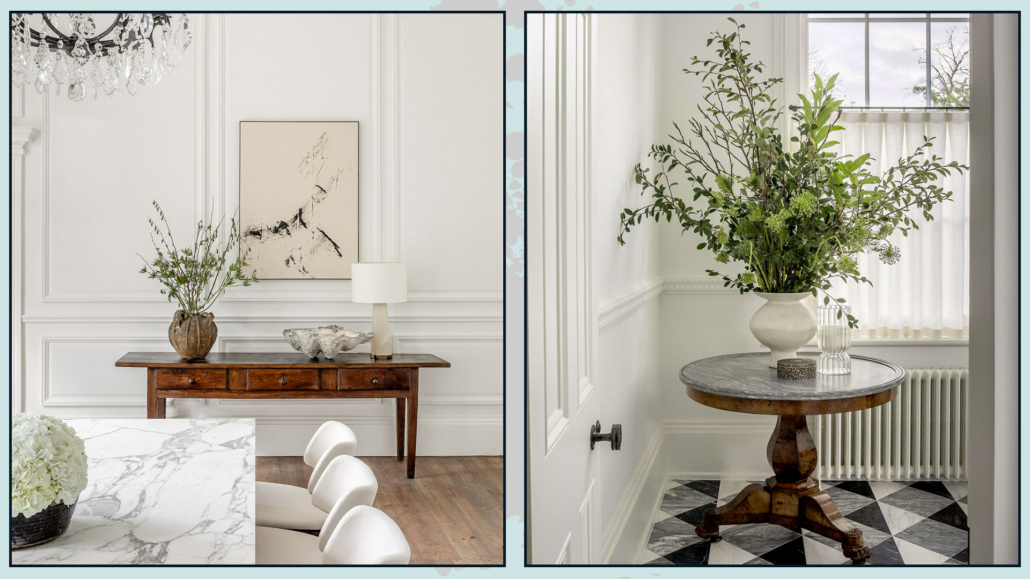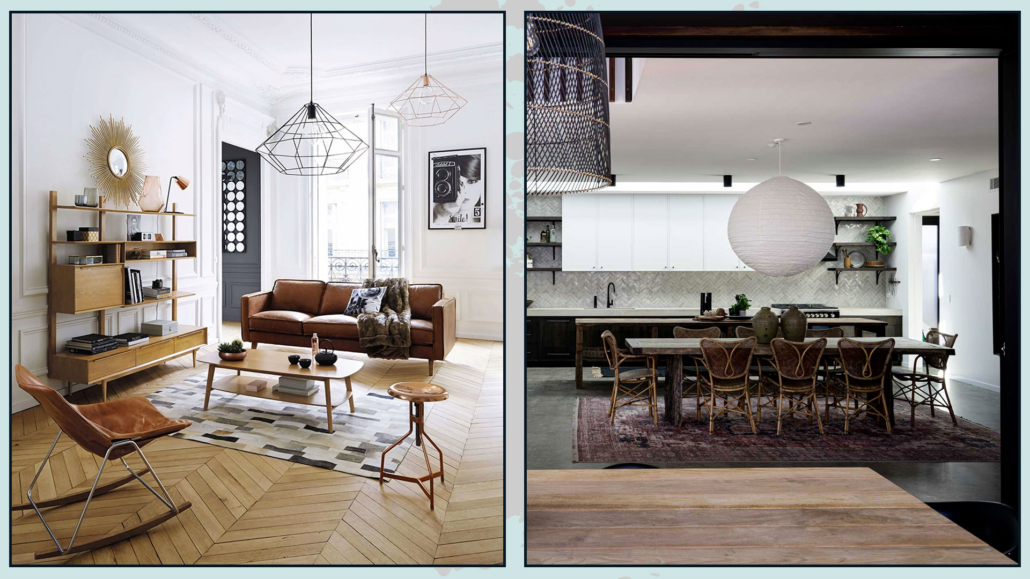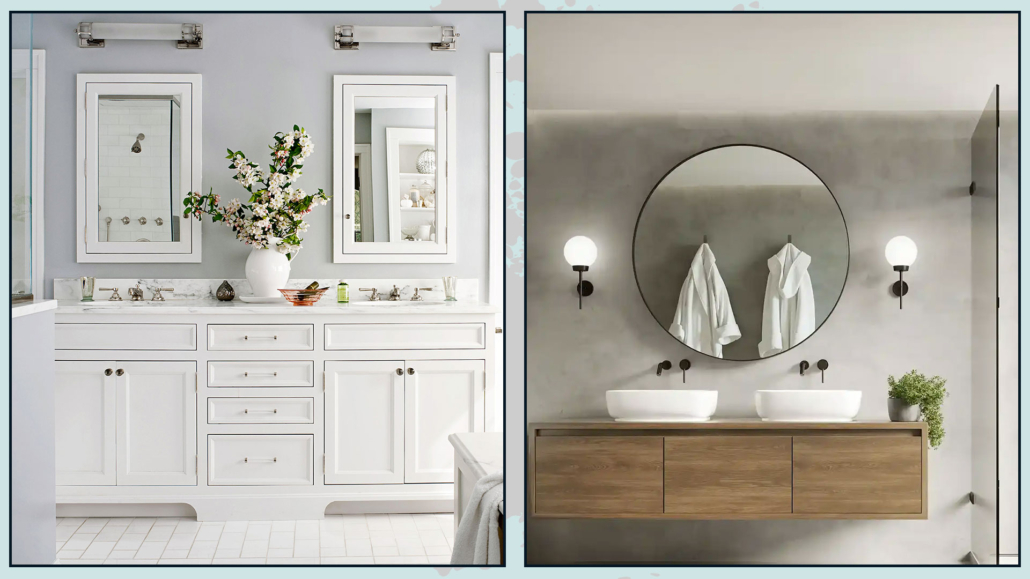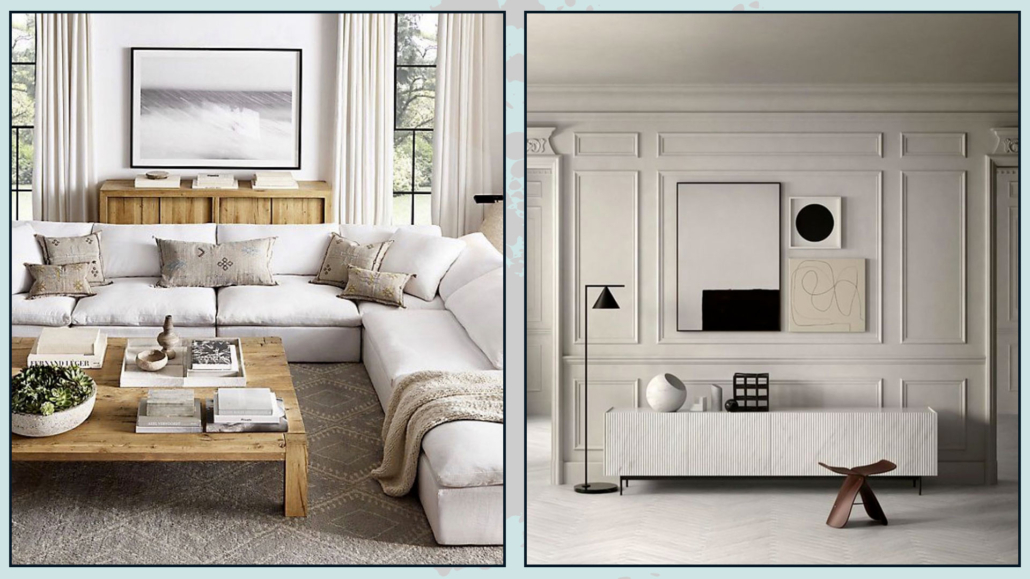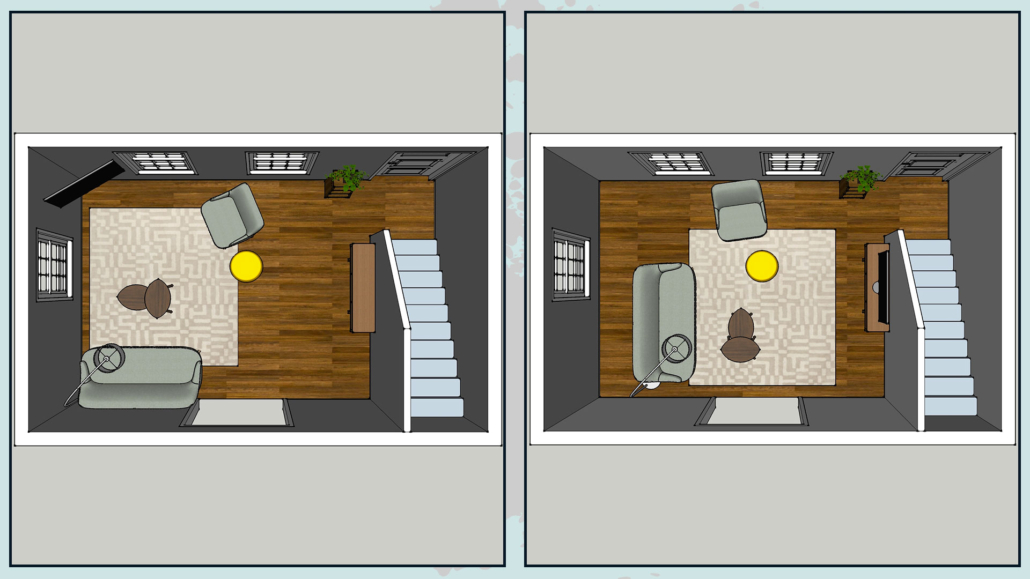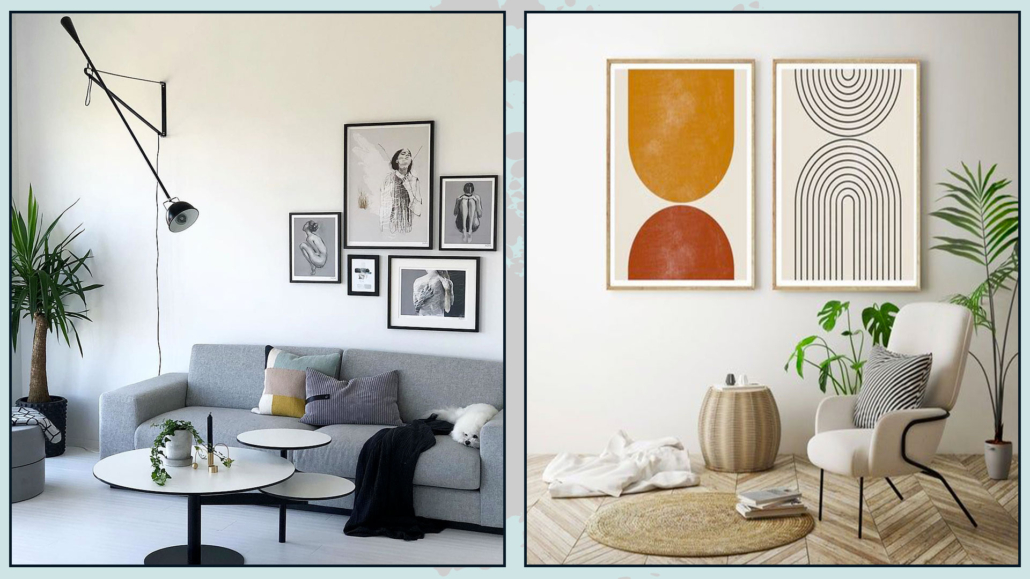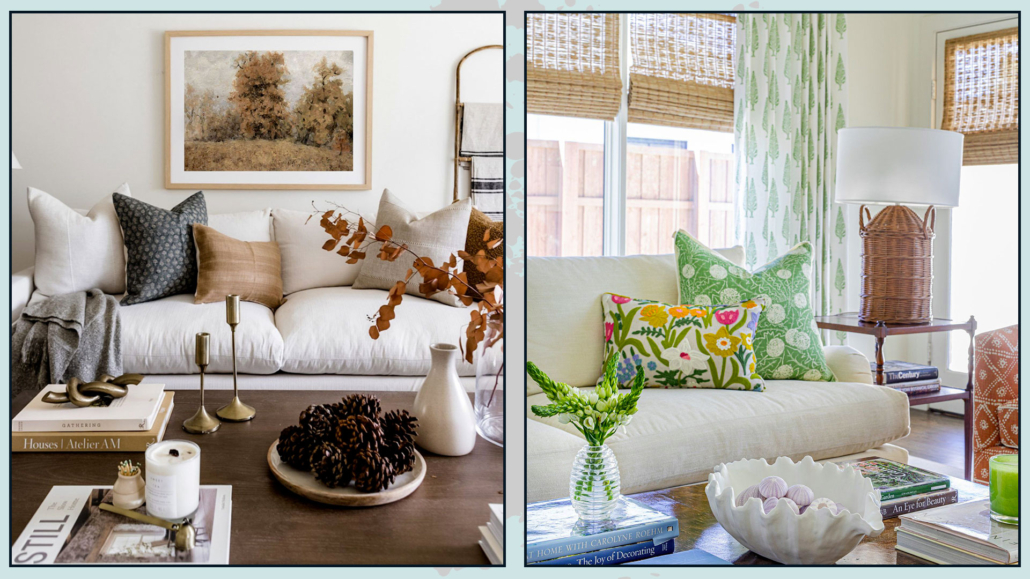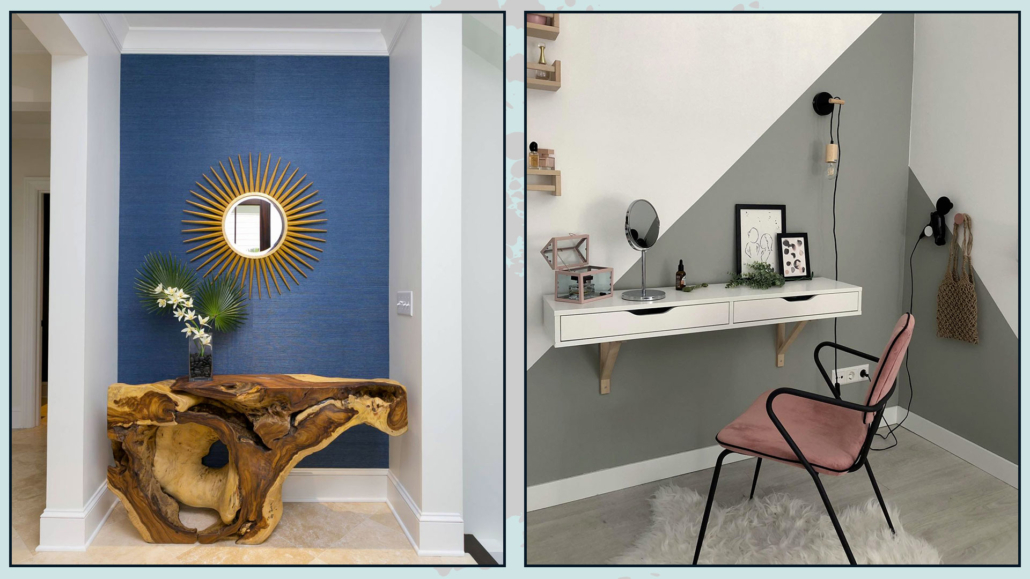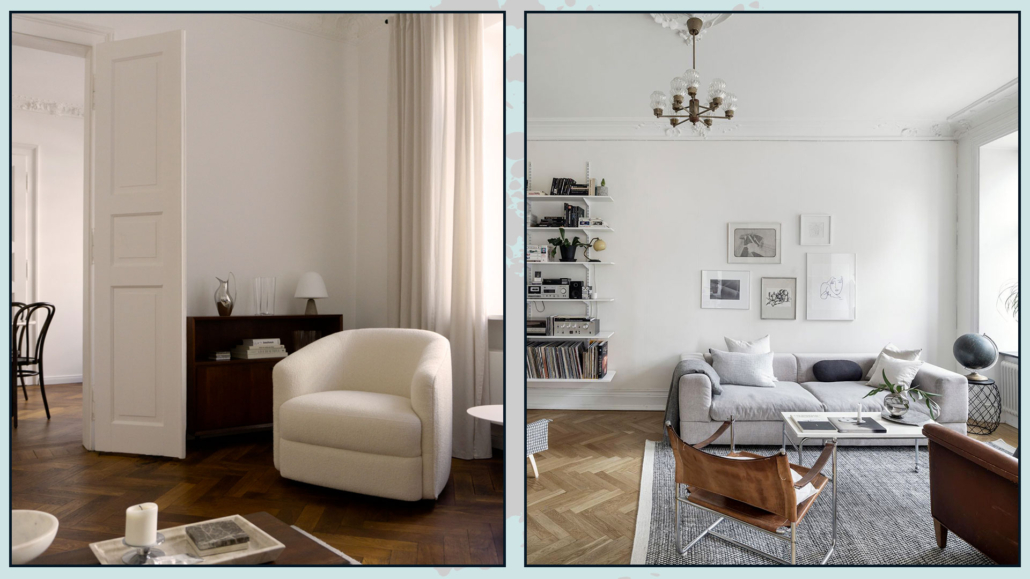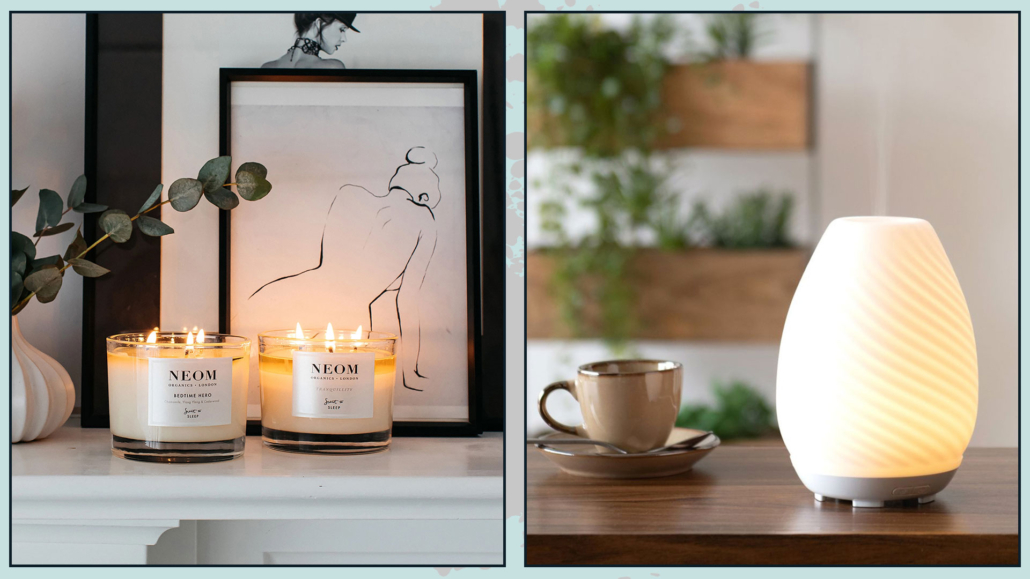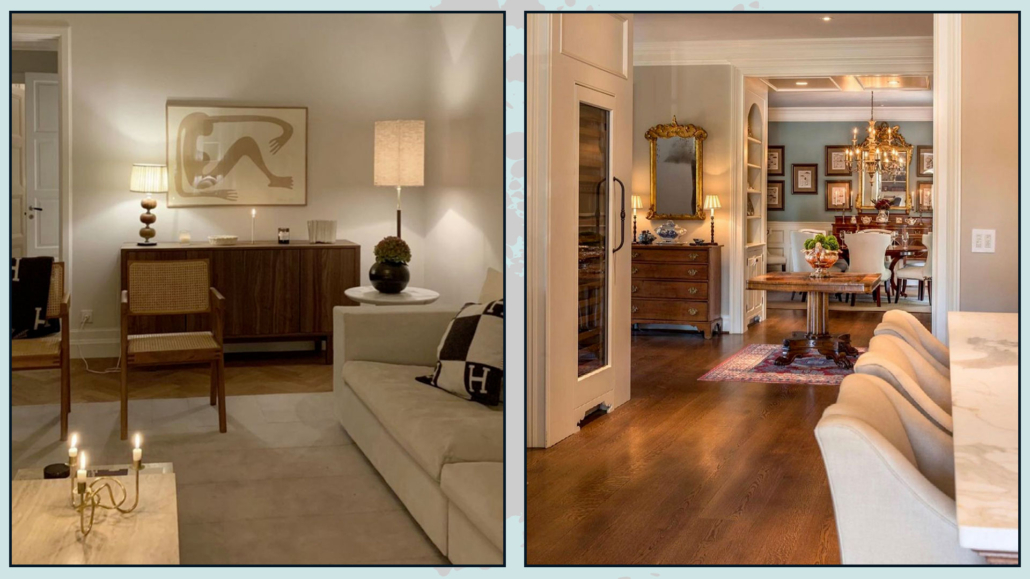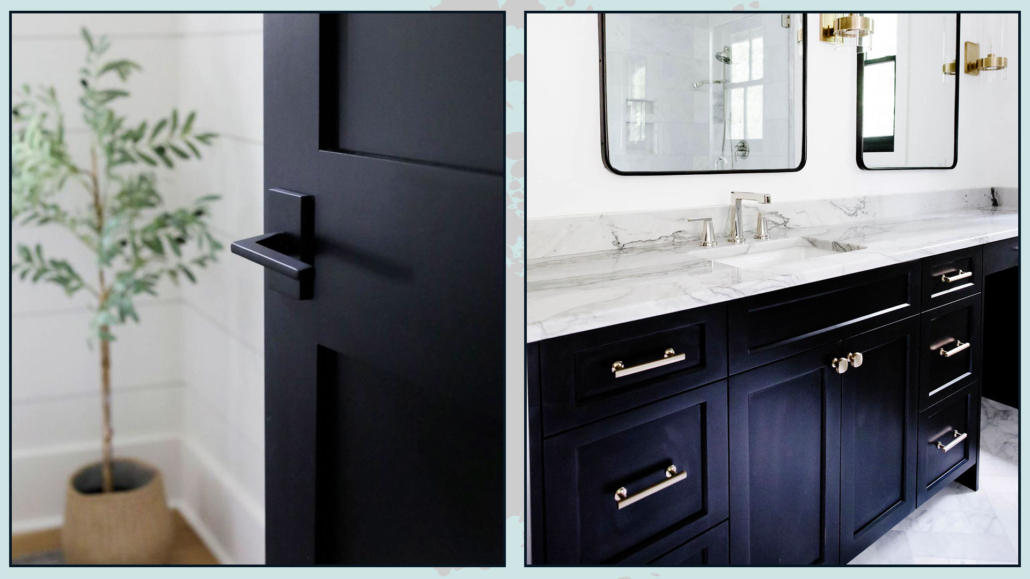Should interior design rules always be followed to the letter to create harmonious environments that represent us?
I would dare say no!
While it’s true that general interior design rules can indeed provide an excellent starting point, it’s equally correct that they often need to be broken!
Only then can the home reflect us deeply and be supportive in our everyday lives.
Let’s look at some “rules” that we can, if not should, break!!!
1 – DO NOT MIX WOOD TONES
Avoiding mixing wood tones has been a must for quite some time, and even today, when it comes to wood, there are countless uncertainties.
Even those who love it often hesitate to use it because they fear creating a disharmonious environment.
And indeed, if one is not careful and uses wood tones “randomly,” the result may not be optimal!
At the same time, having only one essence first is almost impossible, even if you buy everything you need in the home, from materials to furniture, from a single place.
But, assuming you could, honestly, the environment might be a bit flat and monotonous.
Therefore, try not to mix more than three different wood tones but you can bring distinct types of wood into your home with due care.
If you want to know more, I recommend watching the video where I discuss this topic (if you prefer to read here is the article)!
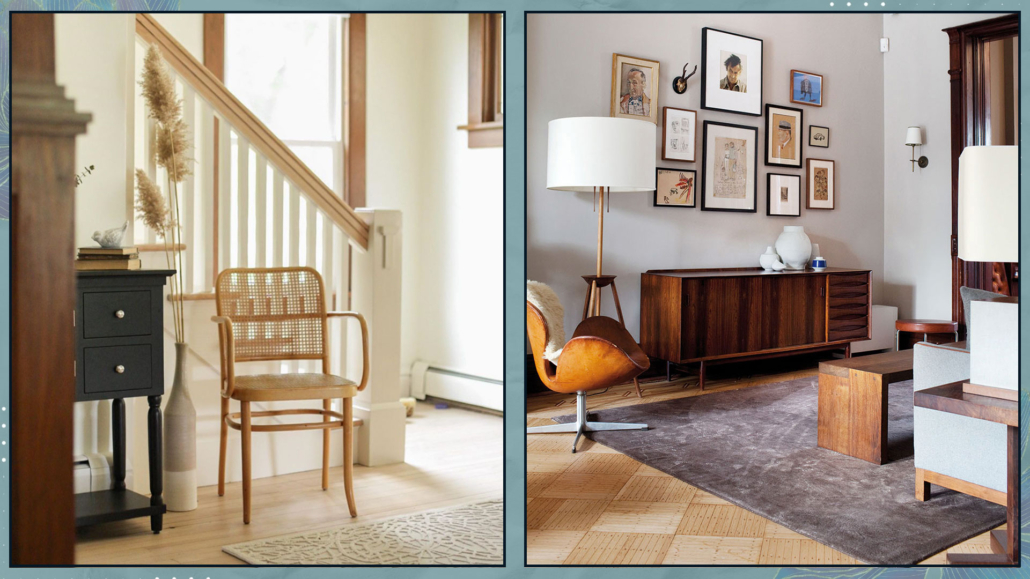
(credits: Kindred Homestead; Milk magazine)
2 – DO NOT MIX DIFFERENT METALS
That is another myth that had been taught to me as well!
But just like with wood, sticking to only one metal risks leaving rooms without character!
In fact, it misses the opportunity to create some rhythm and movement.
Of course, one must avoid the opposite, which is an environment that’s a bit too noisy!
The magic word, as always, is balance: choose two or at most three metals and then mix them in a balanced manner.
If you want to learn more, I’ve dedicated an entire video to metals (here is the article if you prefer reading)!
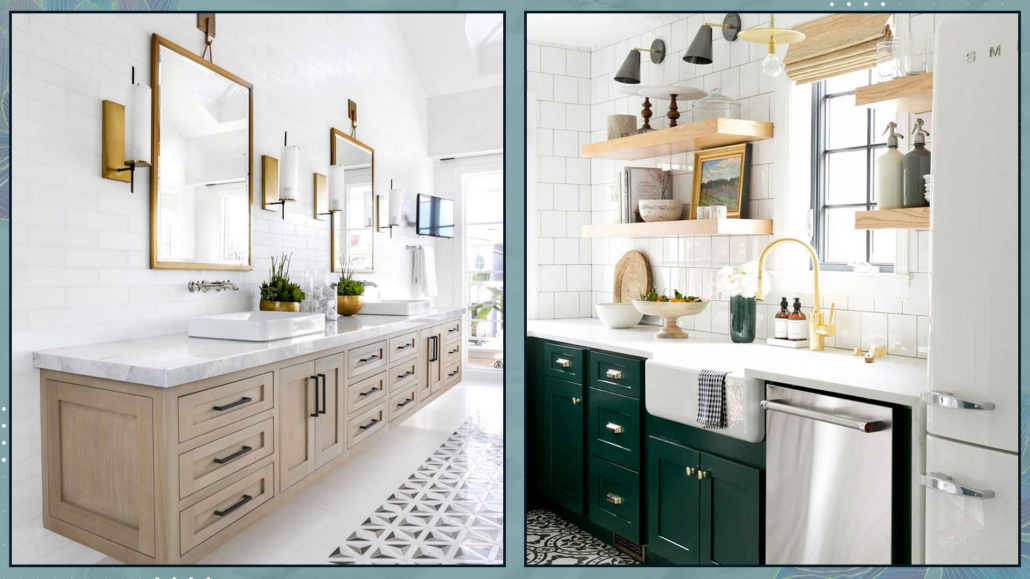
(credits: interiors by Lindye Galloway Interiors and photography by Chad Mellon Photography; Studio Mcgee)
3 – BUYING EVERYTHING COORDINATED
There’s nothing wrong with buying everything coordinated (usually the bedroom and the living room), but in reality, it misses the opportunity to express oneself best!
Furniture stores often present various setups with coordinated elements, which, let’s admit, are also visually appealing, but they lack true personality!
So don’t be afraid, for example, in the living room, to choose a table with chairs of different materials, and maybe even different from the console or any TV wall unit!
In the bedroom, wardrobe, bed, nightstands, and possibly a chest of drawers can all be different!
Of course, one shouldn’t choose them randomly; they should “speak” to each other, but they can have distinct shapes, colors, or materials!
Let’s focus on bedside tables for a moment.
In the past, I’ve mentioned that the two bedside tables don’t need to be identical and that you can use different bedside tables with the necessary attention for a harmonious space.
While this remains true aesthetically, it becomes a Feng Shui mistake if you desire an equal partnership as a couple!
So, if you believe in energies, like me, and how shapes, colors, and materials can influence us and want an equal relationship, opt for two identical bedside tables!
You can still choose not to coordinate them with the rest of the furniture!
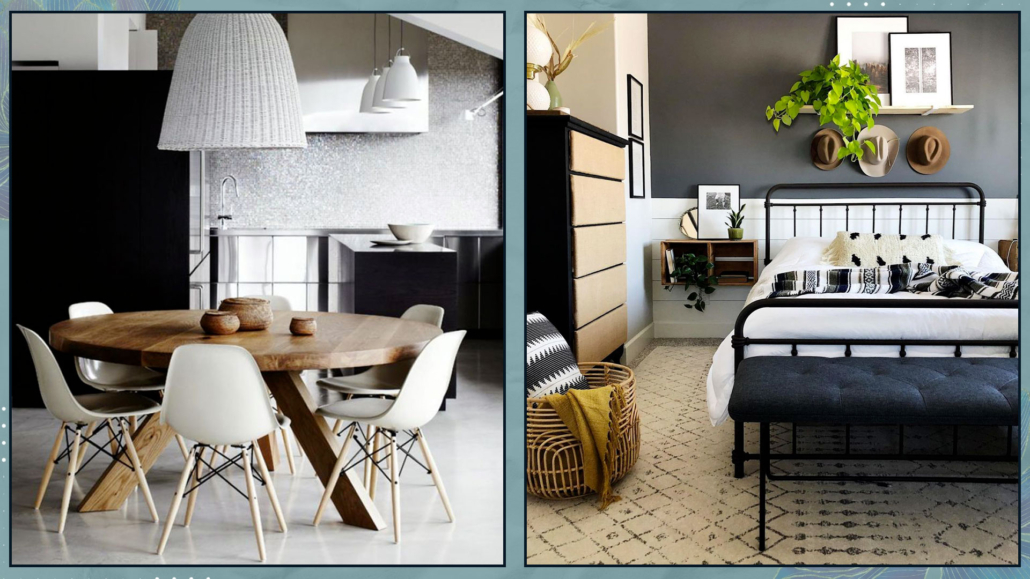
(credits: bloglovin.com; ragusa.com)
4 – ALL CHAIRS THE SAME
In the previous point, I mentioned the possibility of choosing chairs not coordinated with the table.
But it’s also possible to choose chairs that are different from each other!
They can be the same chairs with different colors or even different in shapes and materials!
That adds some movement and character to the room!
Of course, one should consider the home’s overall style and what they want to convey, but it’s absolutely feasible!
A table with different chairs could become the focal point of the room!
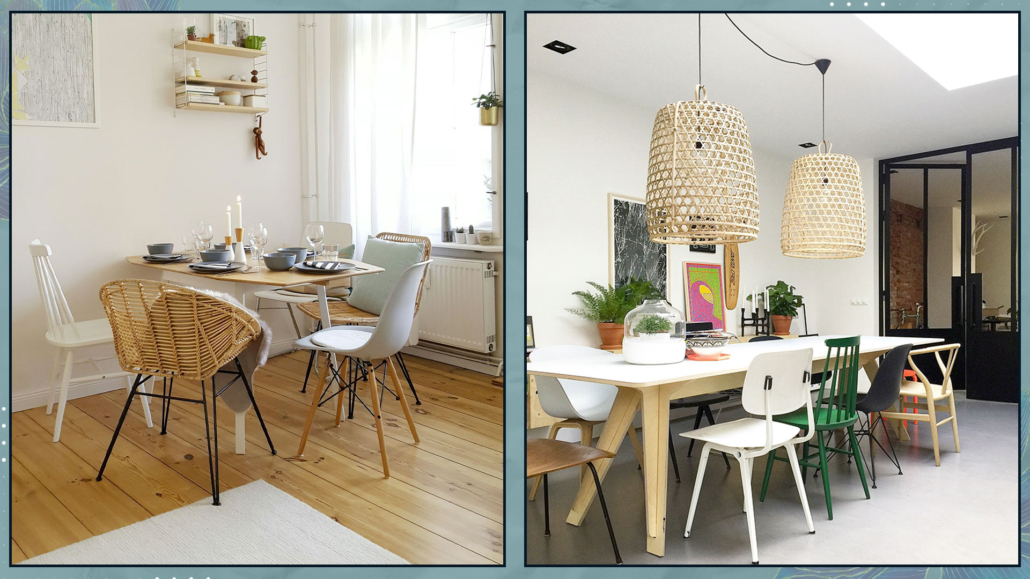
(credits: @solebich; Showhome.nl)
5 – MIXING OLD AND NEW
Why shouldn’t you incorporate modern elements into a predominantly classic environment?
Or vice versa, why not add something antique to a modern/contemporary space?
On the contrary, this mix can create atmospheres full of character!
For instance, modern lighting in a classically furnished room creates an attractive and unexpected contrast.
Similarly, placing an antique table or sideboard in a modern/contemporary setting adds a touch of elegance and “importance”!
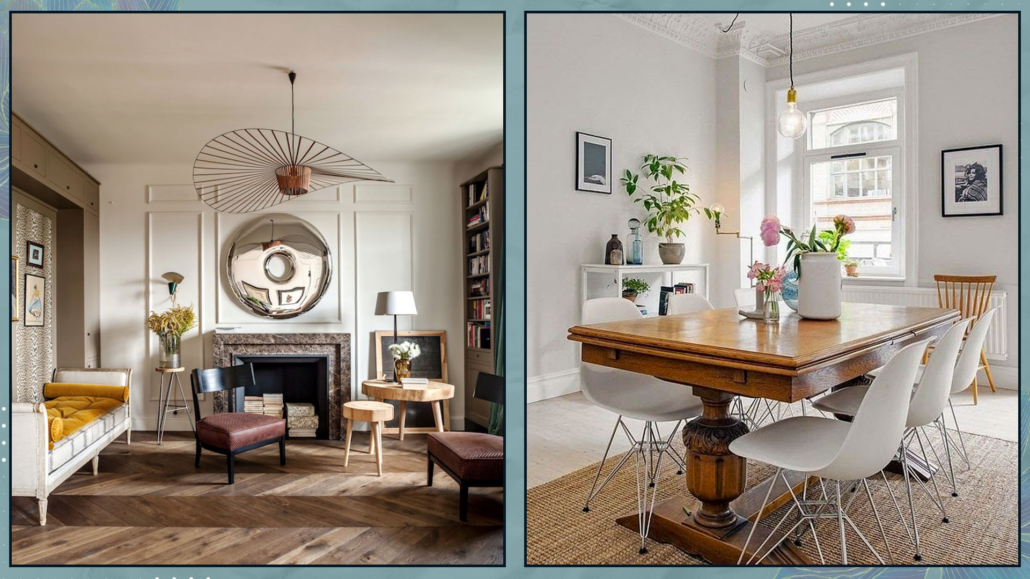
(credits: living.corriere.it; Alvhem)
6 – USING LIGHT COLORS IN SMALL SPACES
Light colors certainly make a room feel airier and may appear hugger.
But, by now, we know that dark colors create a more intimate and cozy atmosphere!
Additionally, they add depth, so they won’t necessarily shrink the room if there’s uniformity among floors, walls, ceilings, and furnishings!
Especially in bathrooms and bedrooms, even if small, one can absolutely choose dark colors!
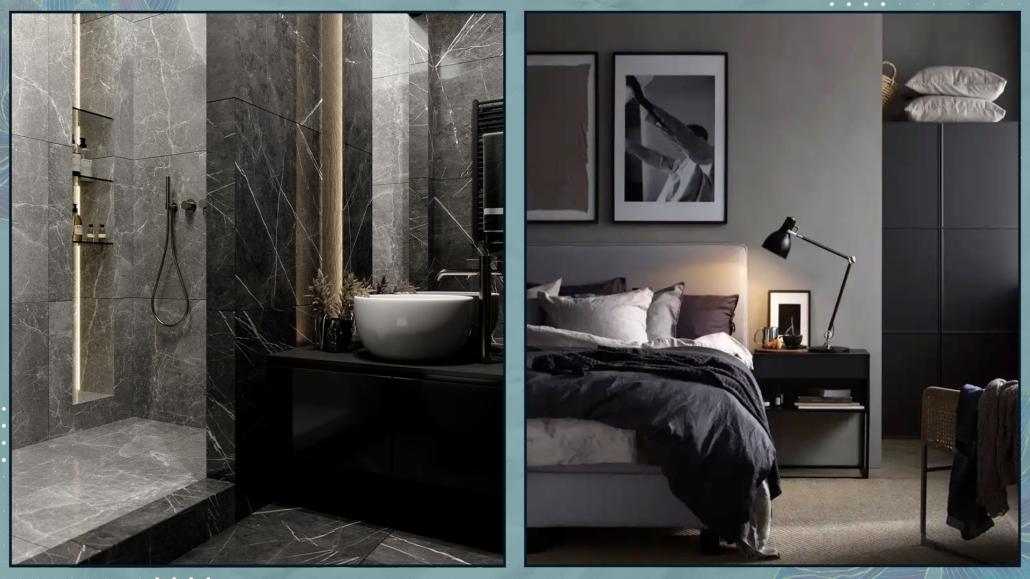
(credits: dezignark.com; ikea)
7 – HANG ON WALLS PAINTINGS AND MIRRORS
There’s a tendency to always hang mirrors and paintings on walls.
There’s nothing wrong with that, of course.
But why not lean some against the wall or on a console?
Especially when they’re of medium to large size, they can create an unusual arrangement that makes the space more original, less “rigid”!
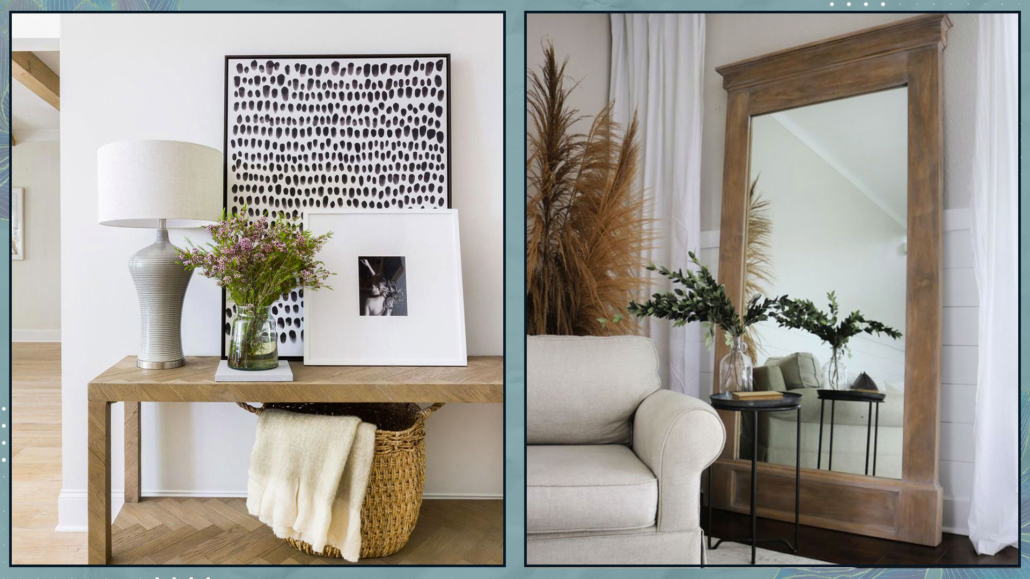
(credits: Scout & Nimble; sawdust2stitches.com)
8 – EVERYTHING MUST BE SYMMETRICAL
While it’s true that symmetry is something that calms the mind and pleases the eye, it’s also true that too much symmetry can become annoying and even sterile!
While we’ve mentioned that, at least from a Feng Shui perspective, bedside tables should match, it doesn’t mean that decorations on the wall above the bed must be symmetrical!
It’s paramount to balance visual weights well, and while symmetry is undoubtedly one way to do that, it’s not the only way!
Different sizes and colors are other valid ways to balance everything effectively!
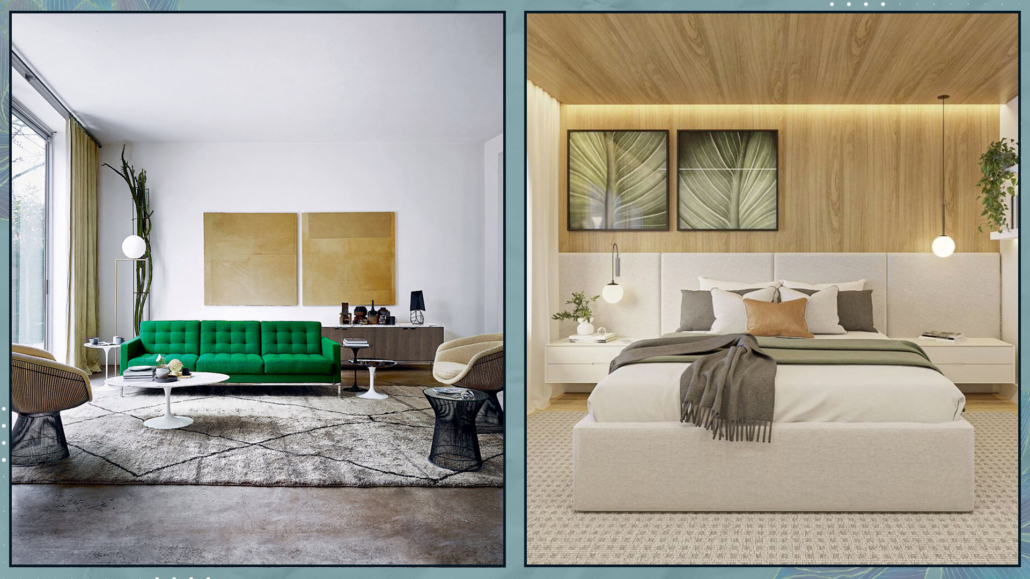
(credits: Knoll; glamorous-design.com)
As mentioned before, interior design’s rules are the starting point, but one needs to modify and review them to create a home that truly represents you.
A home tailored to you, where you can’t wait to return to find and be yourself, a home that supports you every day!
I hope this article has been helpful and enjoyable for you. If so, let me know in the comments!
Feel free to share it with anyone you think might be interested, I would be honored, and it will help me gain more exposure.
If you feel that your home, or any specific area of it, doesn’t reflect your personality enough, don’t wait any longer and book your consultancy!

